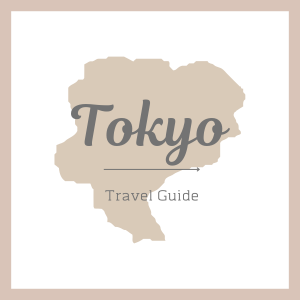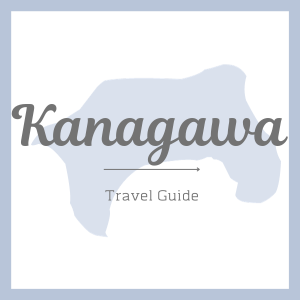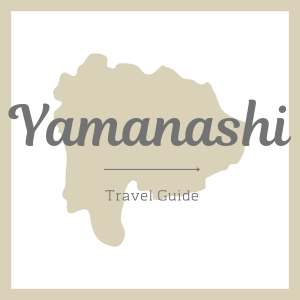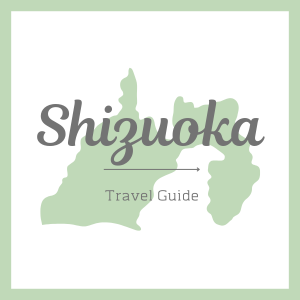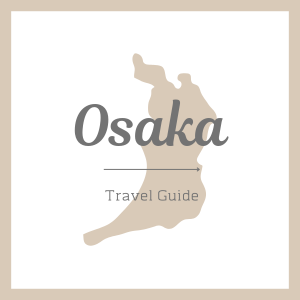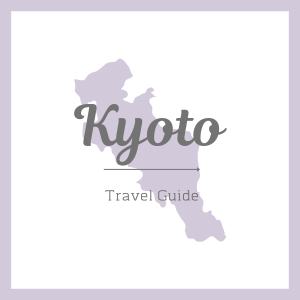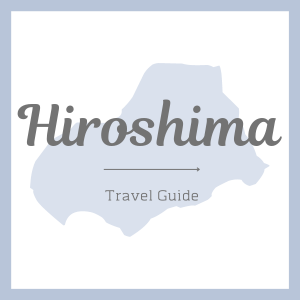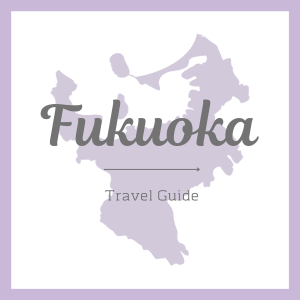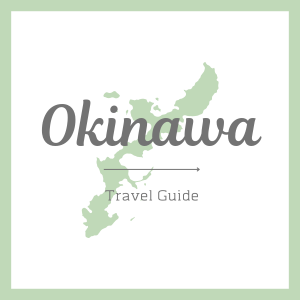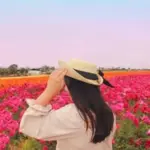Nikko is a popular destination for tourists. Here are some of the best things to do in Nikko! A breathtakingly beautiful UNESCO World Heritage Site featuring Shinto Shrines and Buddhist Temples, including 103 religious buildings, some dating back to the 8th century.
I’m going to focus on sites within or close to the main shrine and temple complex.
What To Do in Nikko
- UNESCO World Heritage Sites
- Visit Shrines & Temples
- Eat local food
- Enjoy Nature
Shinkyo Bridge
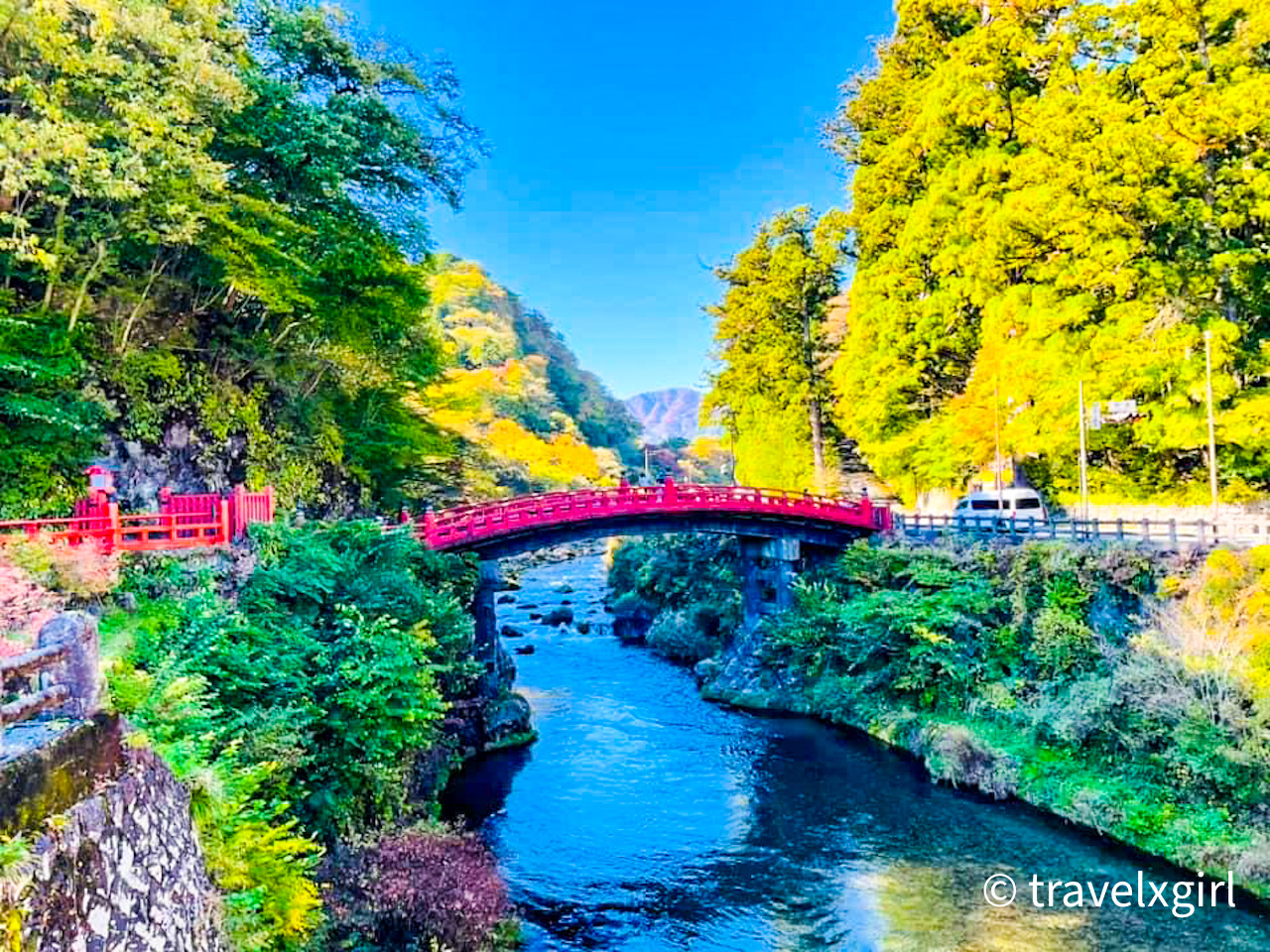
Known as one of the three finest bridges in Japan, Shinkyo Bridge was rebuilt to its current form in 1636. Many famous artist have depicted this bridge including Kawase Hasui, Kasamatsu Shiro, and Yoshida Hiroshi.
Nikko Toshogu Shrine
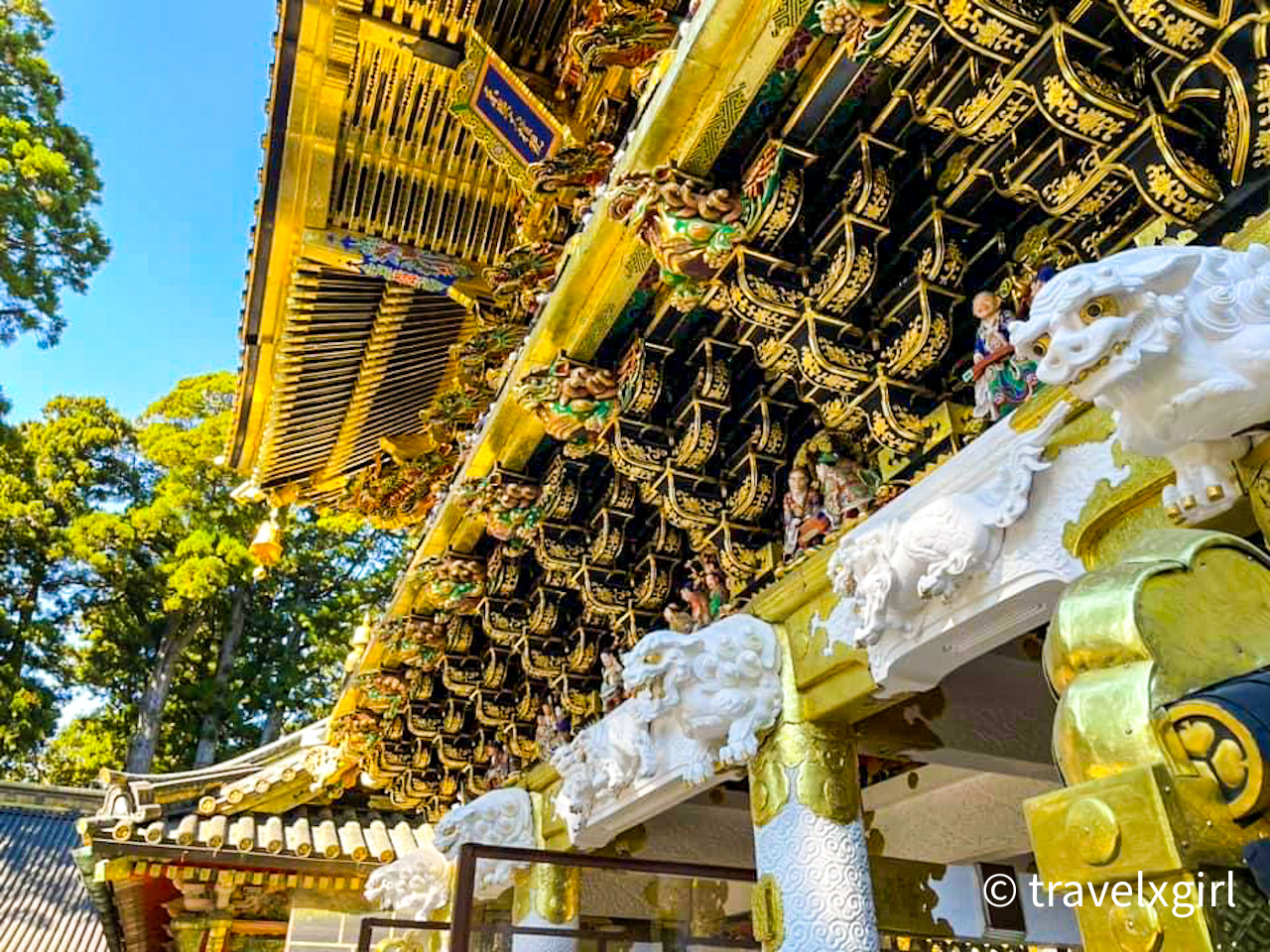
Toshogu Shrine built in 1617, is a memorial for Tokugawa Ieyasu, the founder of the Tokugawa Shogunate, which ruled Japan from 1603-1868.
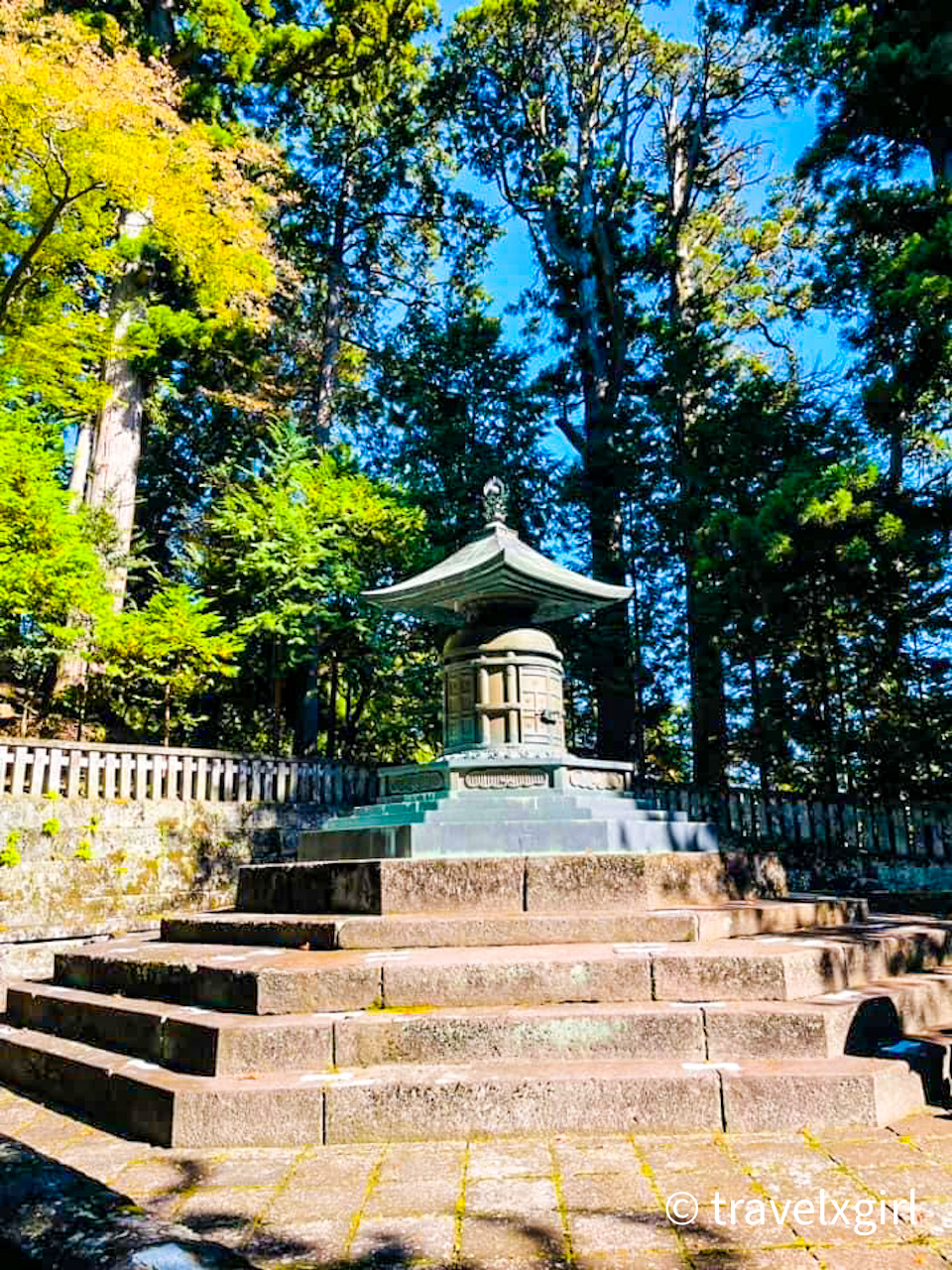
Walk through Sakashitamon Gate and up the 207 stone steps that lead to the Inner Shrine, where Tokugawa Ieyasu is buried, underneath a five meter tall pagoda made of a precious alloy of gold, silver, and copper.
3 Monkeys
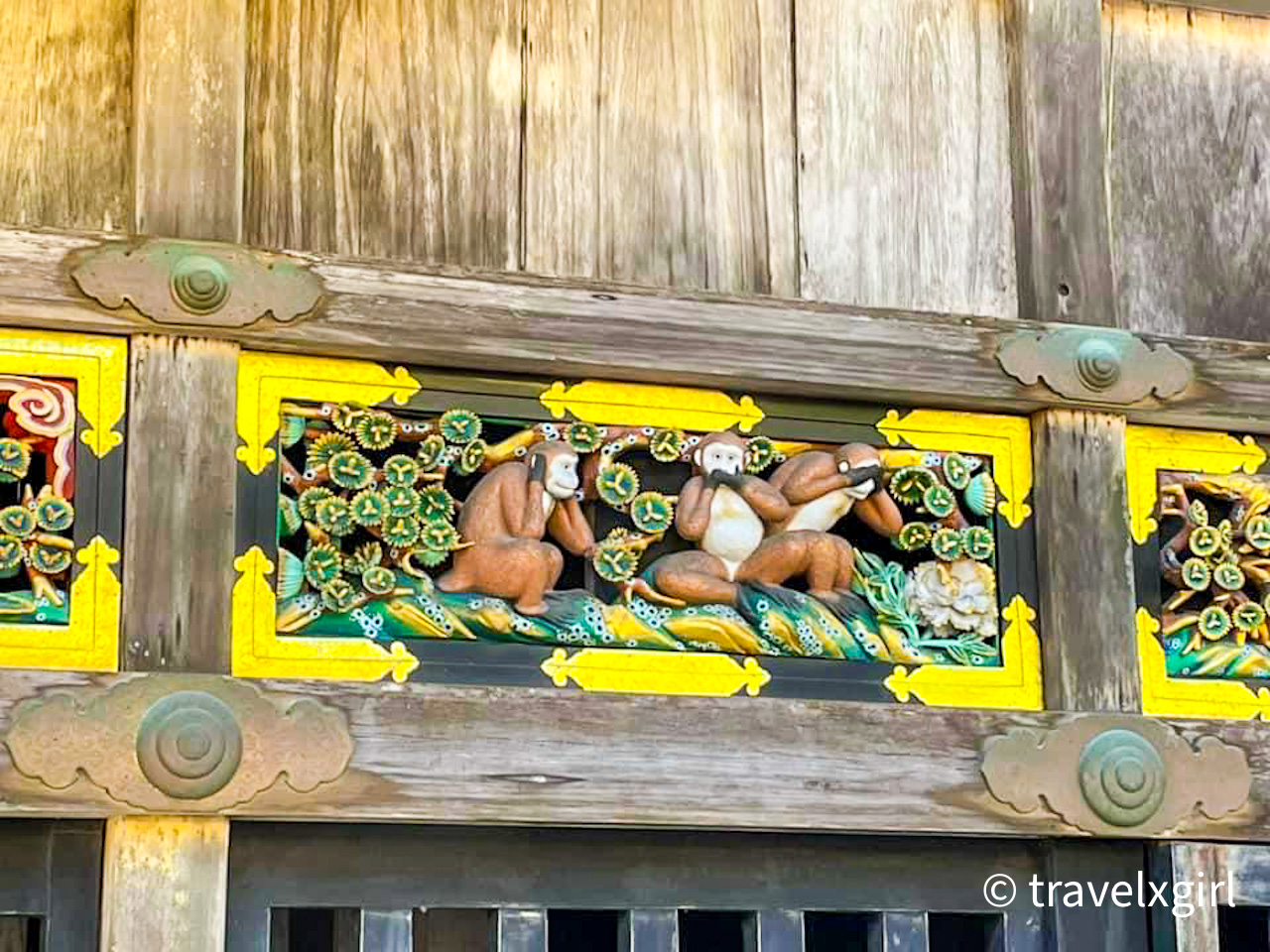
The Sacred Stable, where Tokugawa Ieyasu kept the horse he rode in the Battle of Sekigahara in 1600; the battle that unified Japan under his rule. Known in the west as “see no evil, speak no evil, hear no evil”, the three monkeys that adorn the outer walls of the stable tell a story of how to live an ideal life.
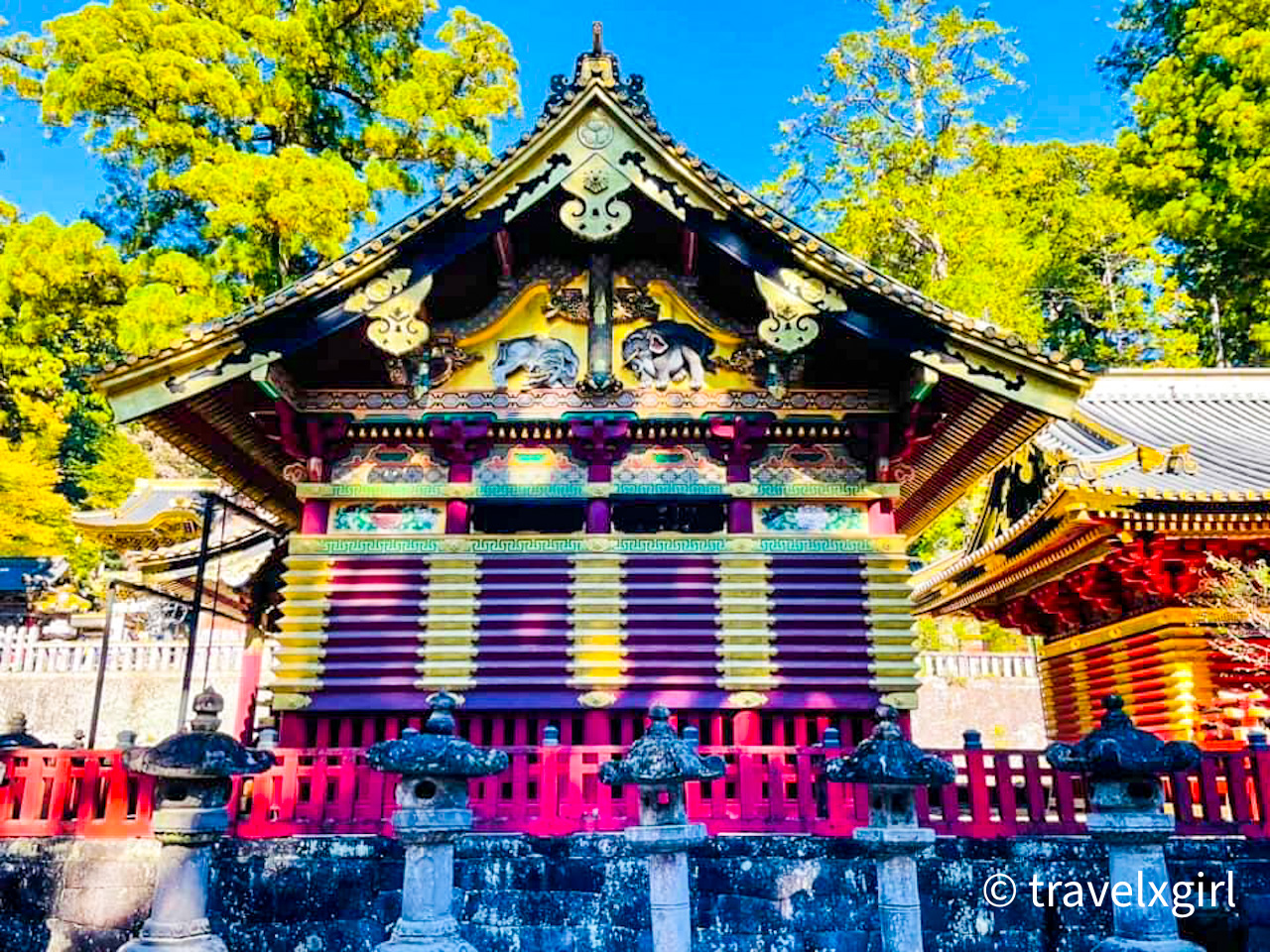
Five-Story Pagoda
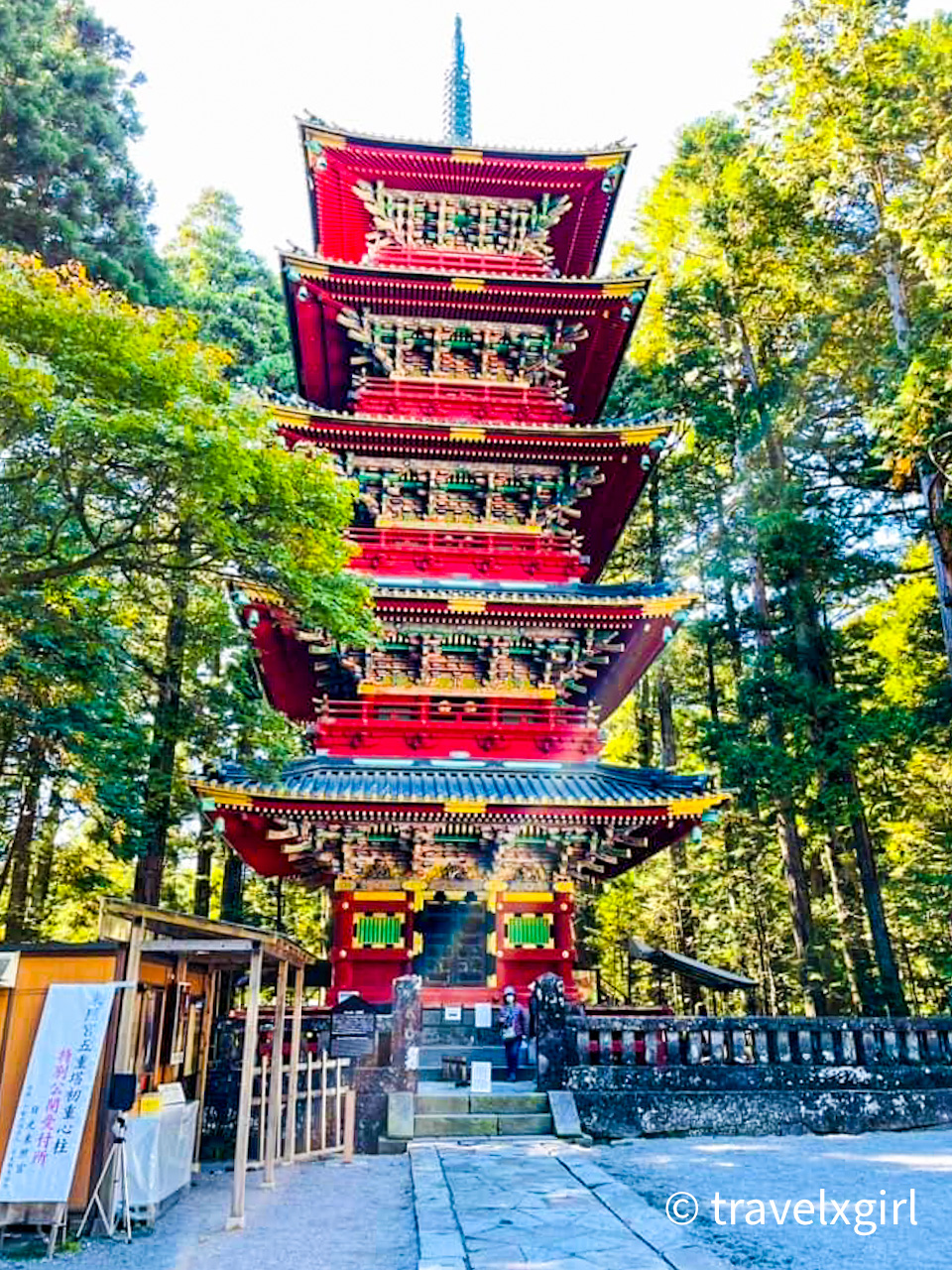
Rebuilt after a fire in 1818, the five stories of this pagoda each represent an element; earth, water, fire, wind, and ether.
Yoryu Kannon-do Hall
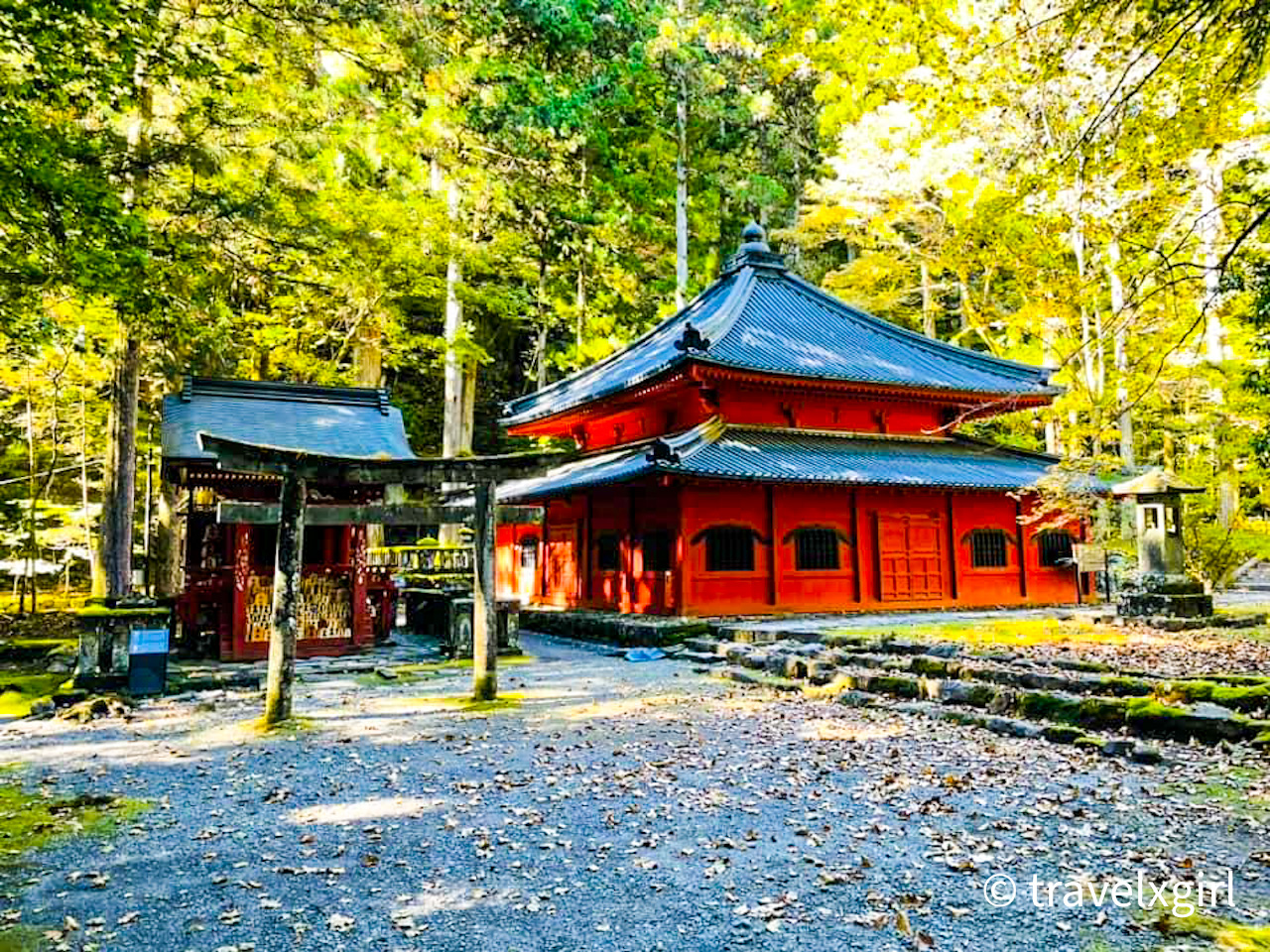
The Kannon enshrined here, Yoryu, holds a willow branch, which is said to cure and ward off illness. Symbolizing couples and marriage, two Mandarin ducks and birds of paradise are featured over the doors. People come to this shrine to pray for a safe and easy childbirth.
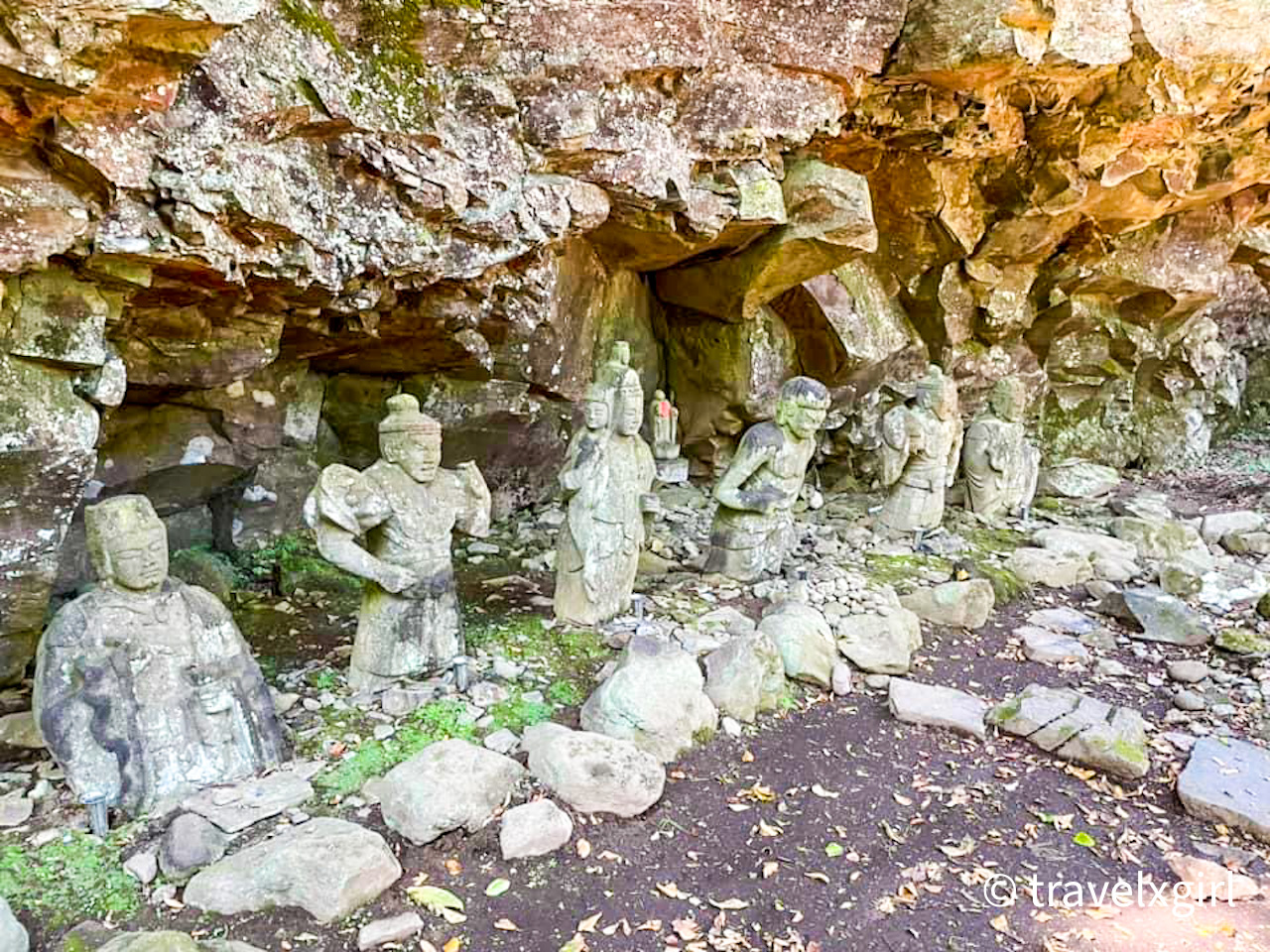
Hotoke Iwa and Six Guardians of Buddhism sit at the bottom of a cliff behind the hall.
Kaizando Founder’s Hall & Grave of Shodo Shonin
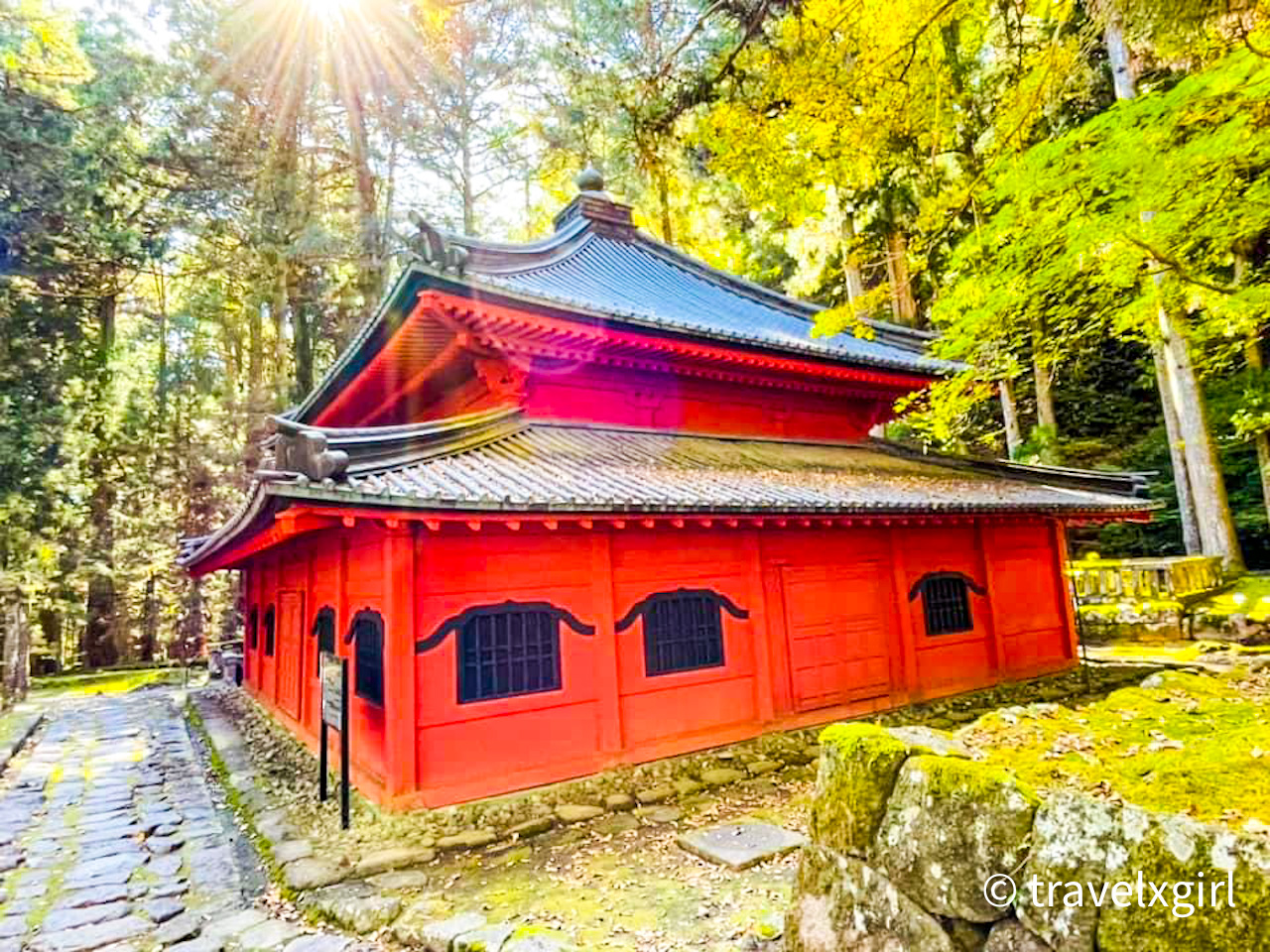
Shodo Shonin (735-817) the Buddhist monk who founded Nikkozan, the original shrine and temple complex that proceeded Rinnoji Temple, is enshrined here.
Takinoo Trail & Shiraito Falls
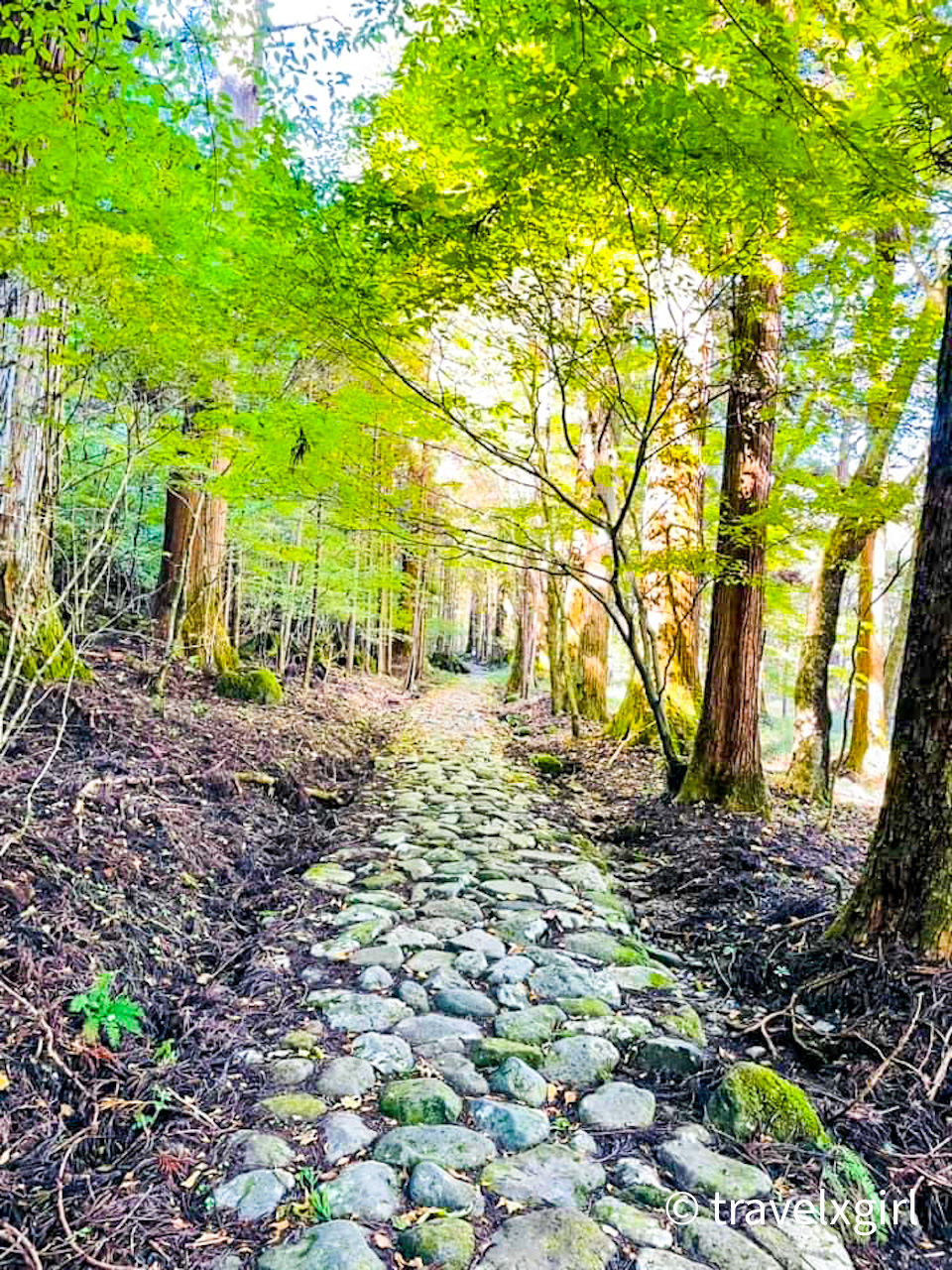
Takinoo Trail begins behind Kaizando Founder’s Hall and leads to Takinoo Shrine.
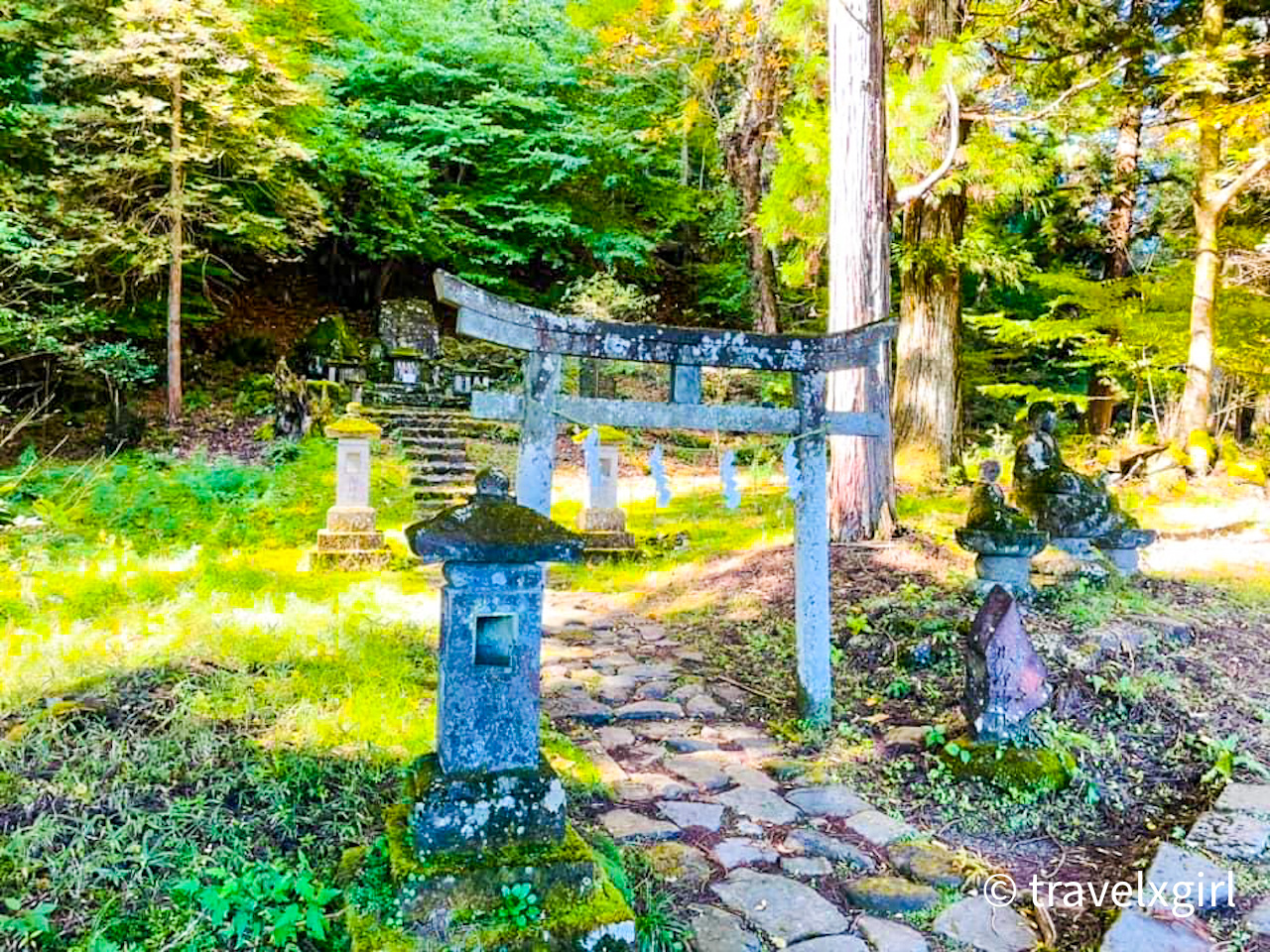
Along the quiet path you’ll come across another small shrine, Kitano Shrine, as well as Shiraito Falls.
Takinoo Shrine
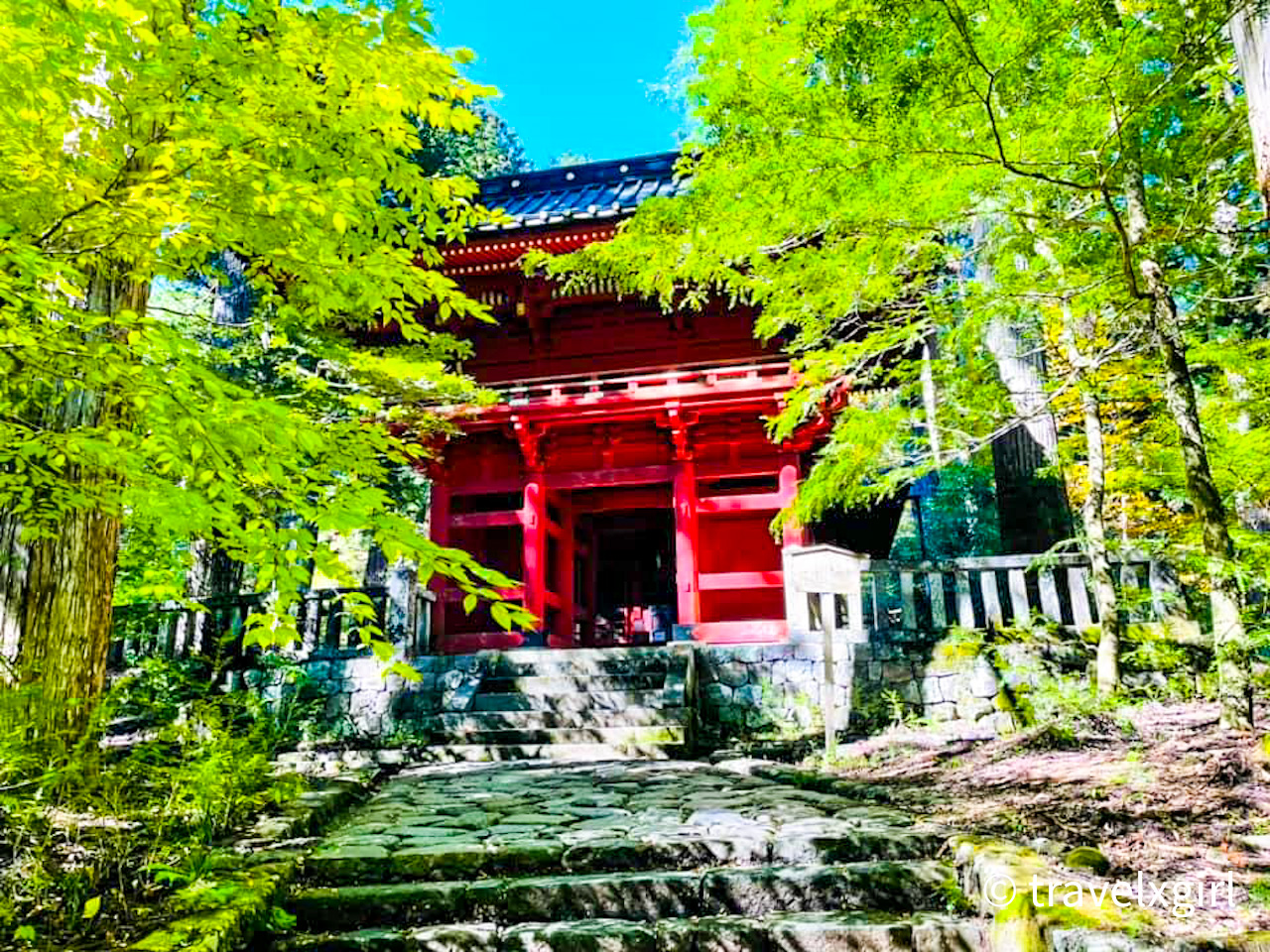
Built in 820 by Kobo Daishi, Takinoo Shrine used to be Nikko’s main shrine for many worshippers. Today, its peace and tranquility give a feeling of what it might have been like to visit shrines hundreds of years ago.
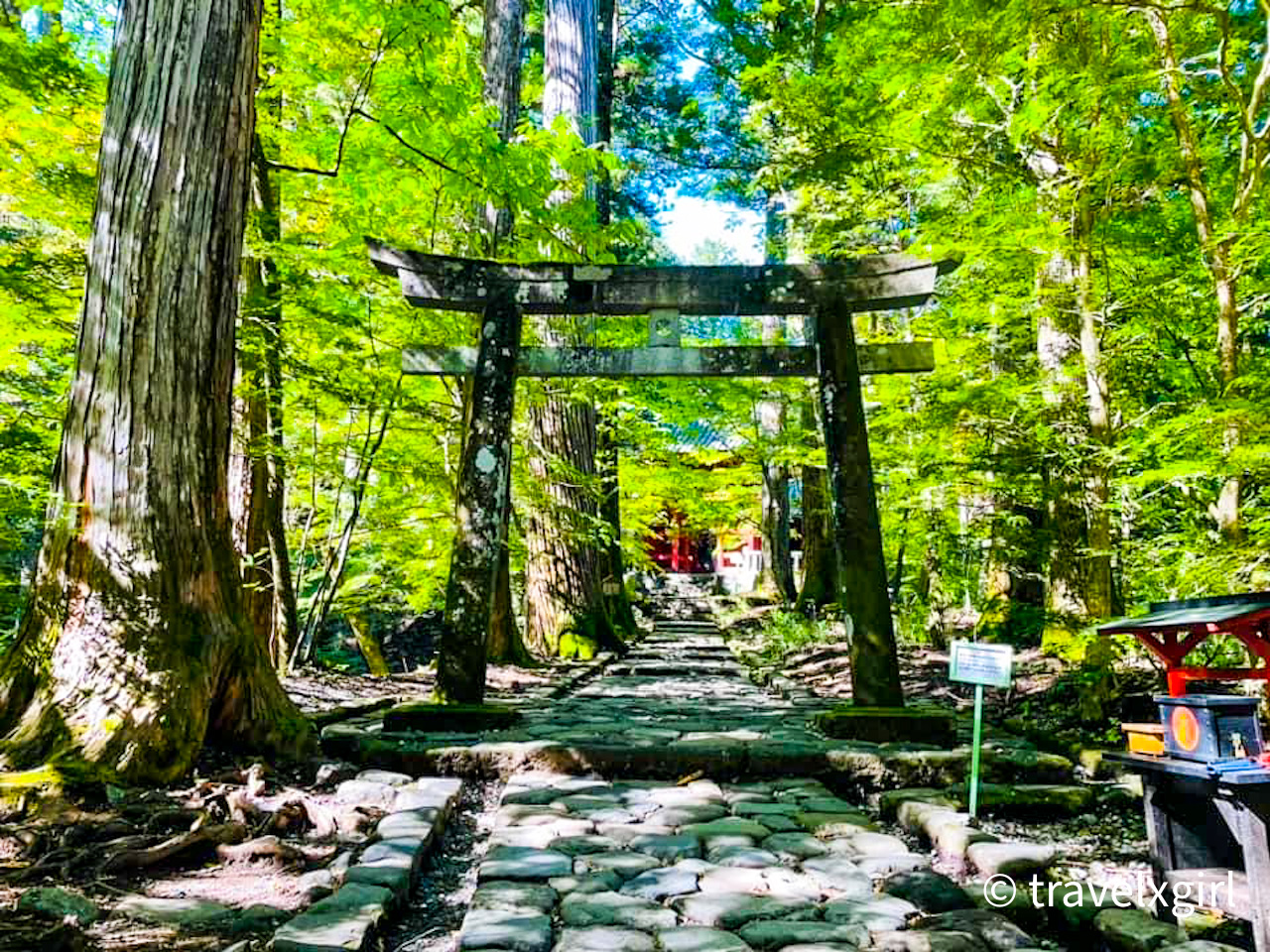
Undameshi no Torii or Luck-Testing gate, at the entrance, is said to grant your wish if you can throw a stone through the small hole in the top-center of the gate within three attempts. There are small foam balls that you can use to test your luck! Please make a small offering first.
Three tall Japanese cedars that grow within the grounds are said to be where the goddess Tagorihime no Mikoto, who is enshrined here, came to earth.
The area also includes a spring whose waters are used by local sake producers.
Futarasan Trail & Gyojado Temple
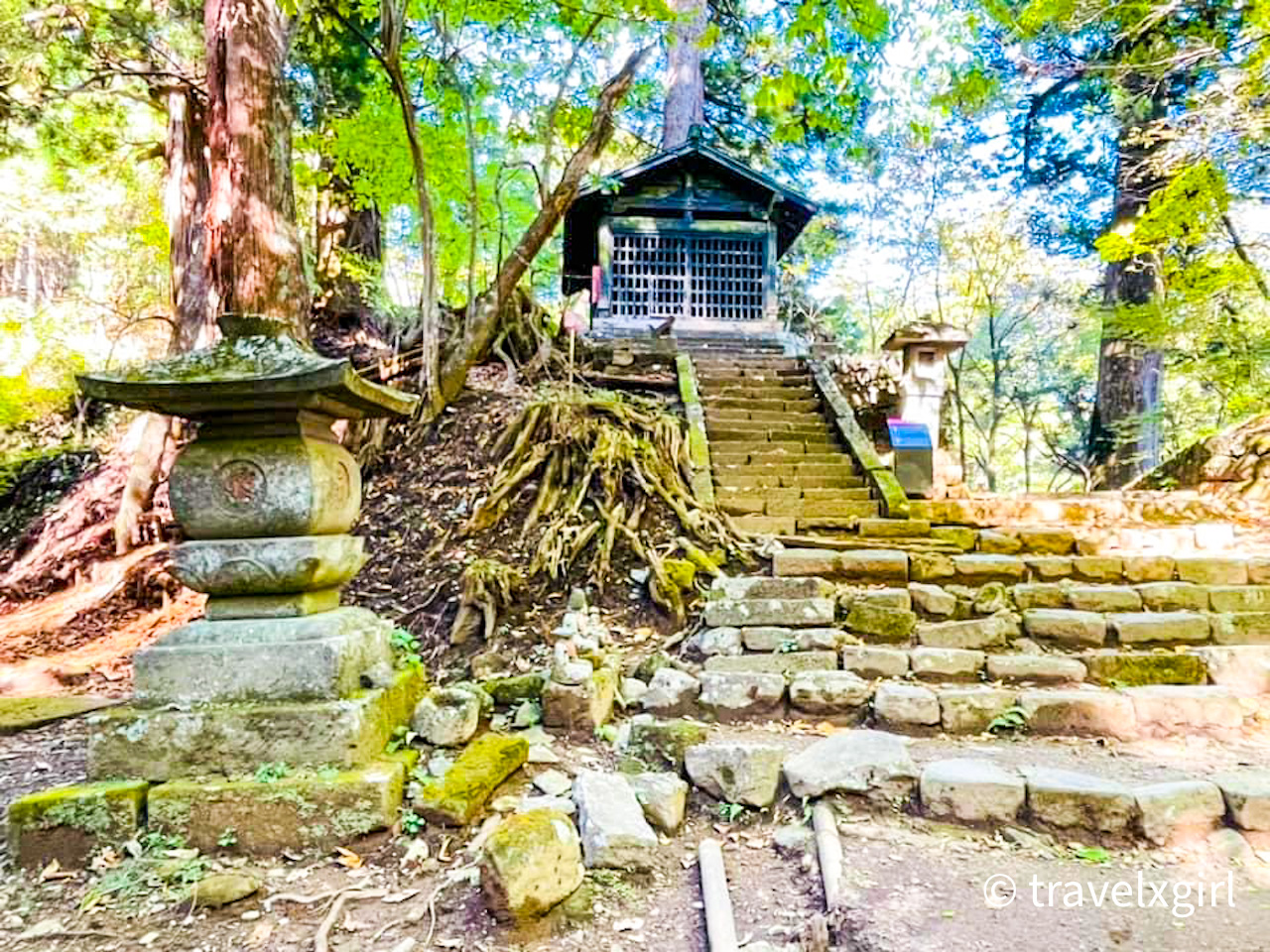
After visiting Takinoo Shrine, you can either return the way you came, along the Takinoo trail, or you can take the Futarasan trail, marked by a wooden sign along the Takinoo trail. Follow the path leading uphill marked 二荒山方面.
At the top of the mountain you’ll see Gyojado Temple, which enshrines En the Ascetic, a seventh-century mystic who founded Shugendo, a form of ascetic mountain worship. While the current structure was built in 1990, it is believed that the original temple was one of the first built in Nikko. Enshrined here is a statue, dated to the Kamakura period (1185-1333), of En no Gyoja using magic powers to subdue surrounding demons.
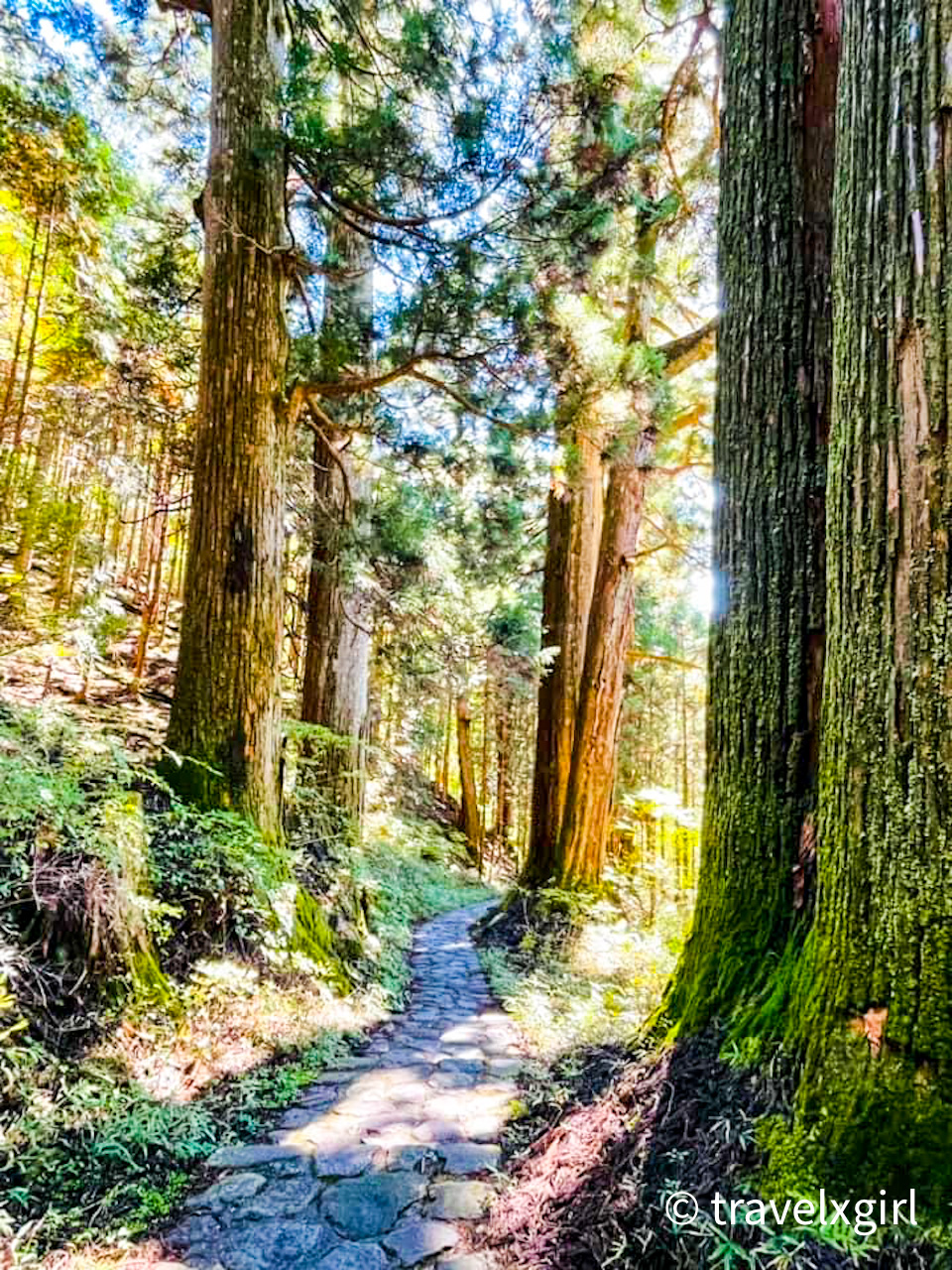
Continue following the trail down the mountain towards Futarasan Shrine and Taiyuin Temple.
Taiyuin Temple
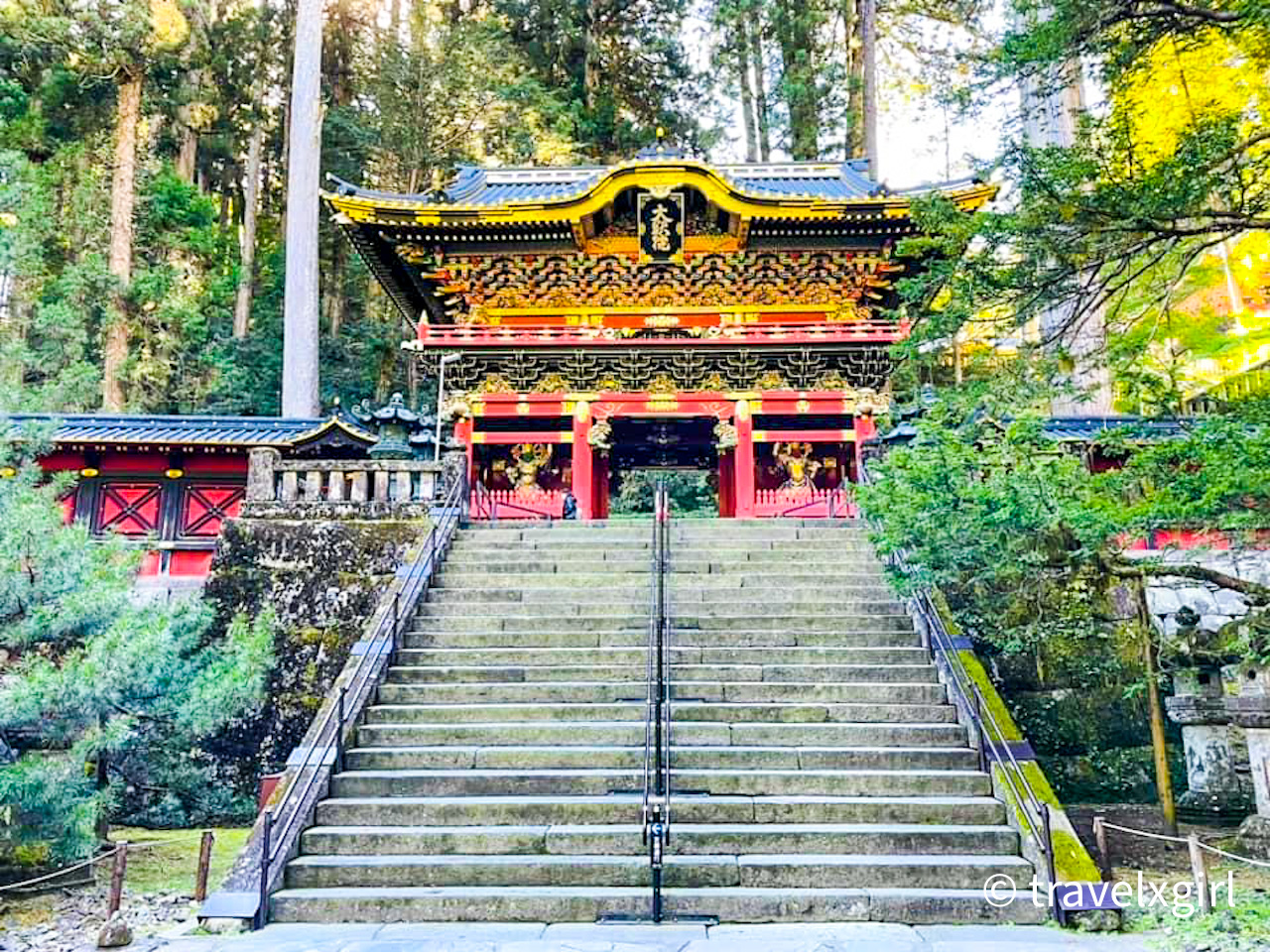
Taiyuin Temple is the mausoleum for Tokugawa Iemitsu, the third shogun of the Tokugawa shogunate. Typically, shrines and temples are built to face south, however Taiyuin Temple was constructed to face Toshogu Shrine, as a way to honor Iemitsu’s grandfather Ieyasu.
Although a bit more reserved in style than that of Toshogu Shrine, Taiyuin Temple is covered in so much gold leaf it is also referred to as “The Golden Pavillion” or Kinkakuden.
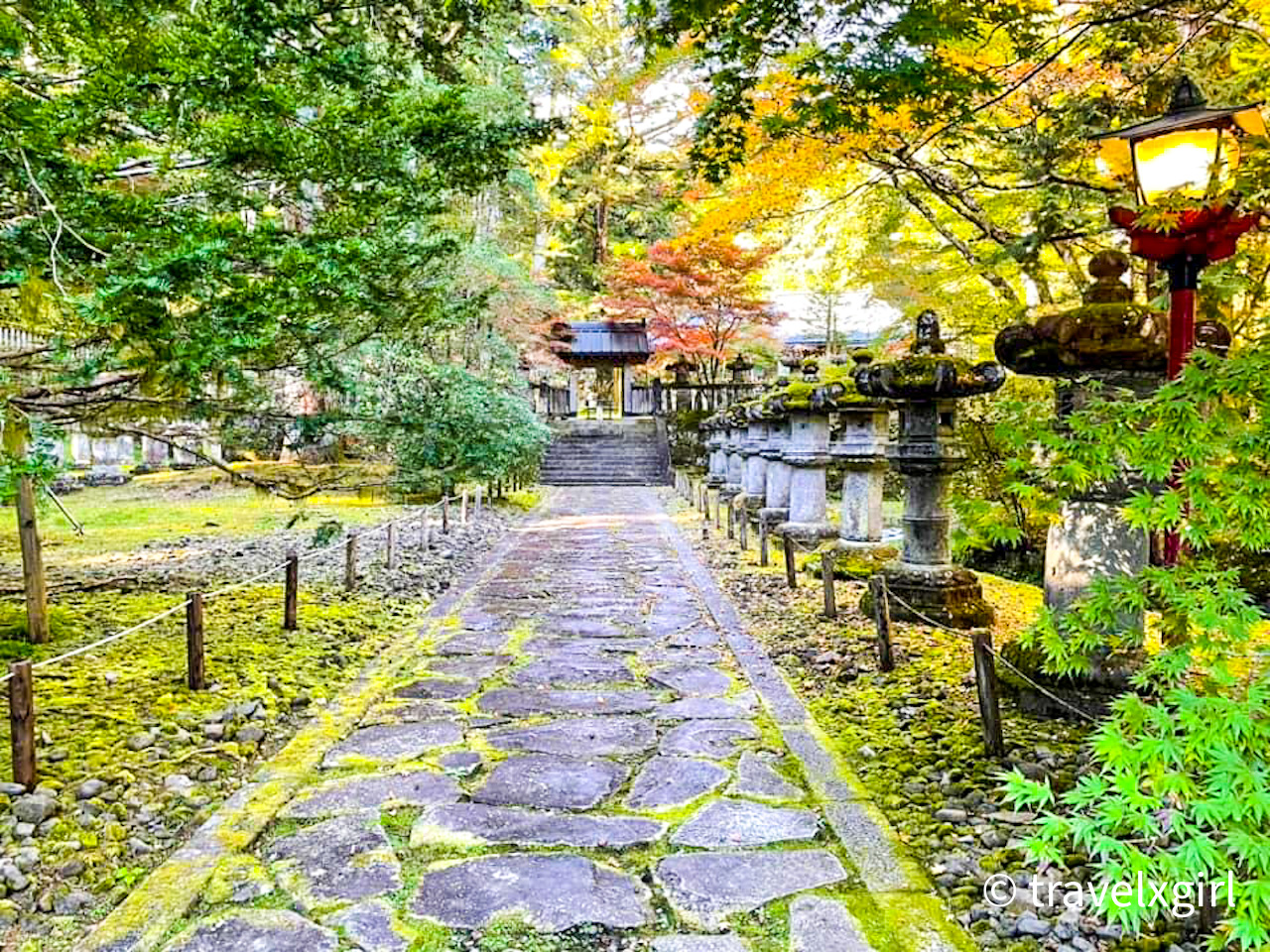
The path to Ryukoin Temple, where Iemitsu’s personal servant, Kaji Sadayoshi lived. After Iemitsu’s death he became protector of the grave. He lived here continuing to prepare Iemitsu’s meals, as if he were still alive, until he himself died. This temple is not open to the public, but there are many beautiful views of it.
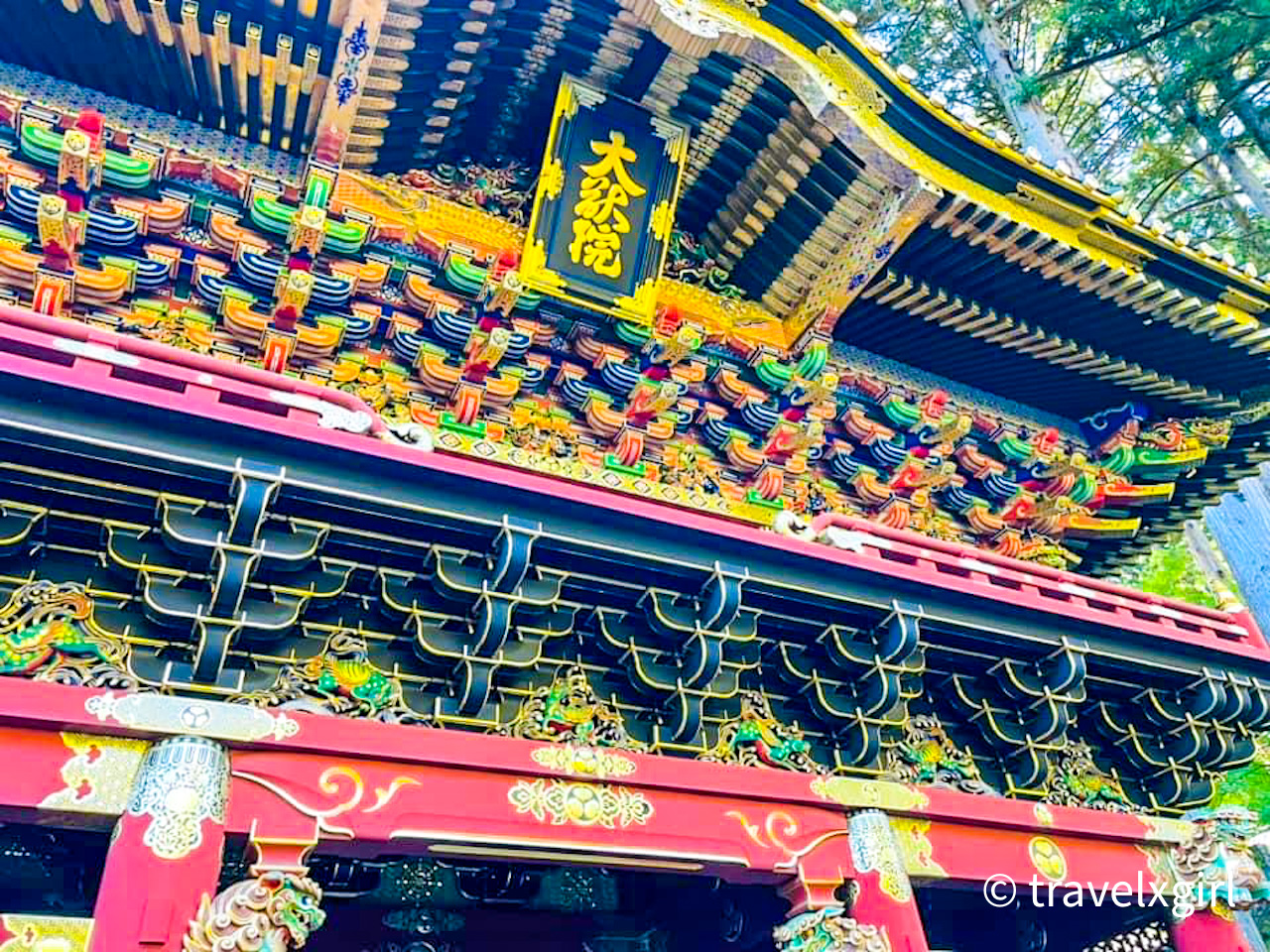
Nitenmon, The Gate of the Heavenly Kings, houses two of the four Heavenly Kings who guard each of the four cardinal directions; north, south, east, and west.
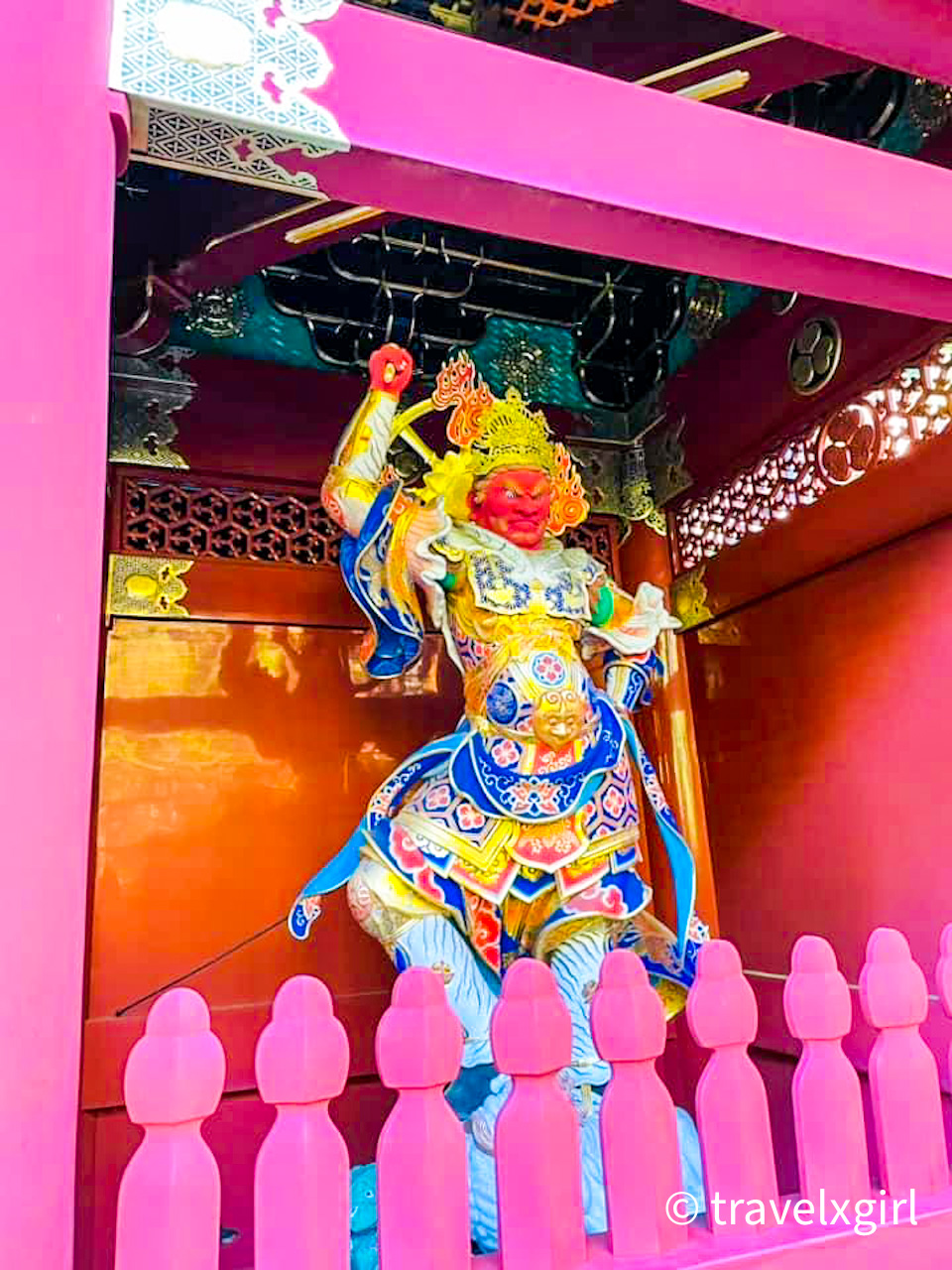
Zochoten, the Guardian of the South whose wide vision see through all evil.
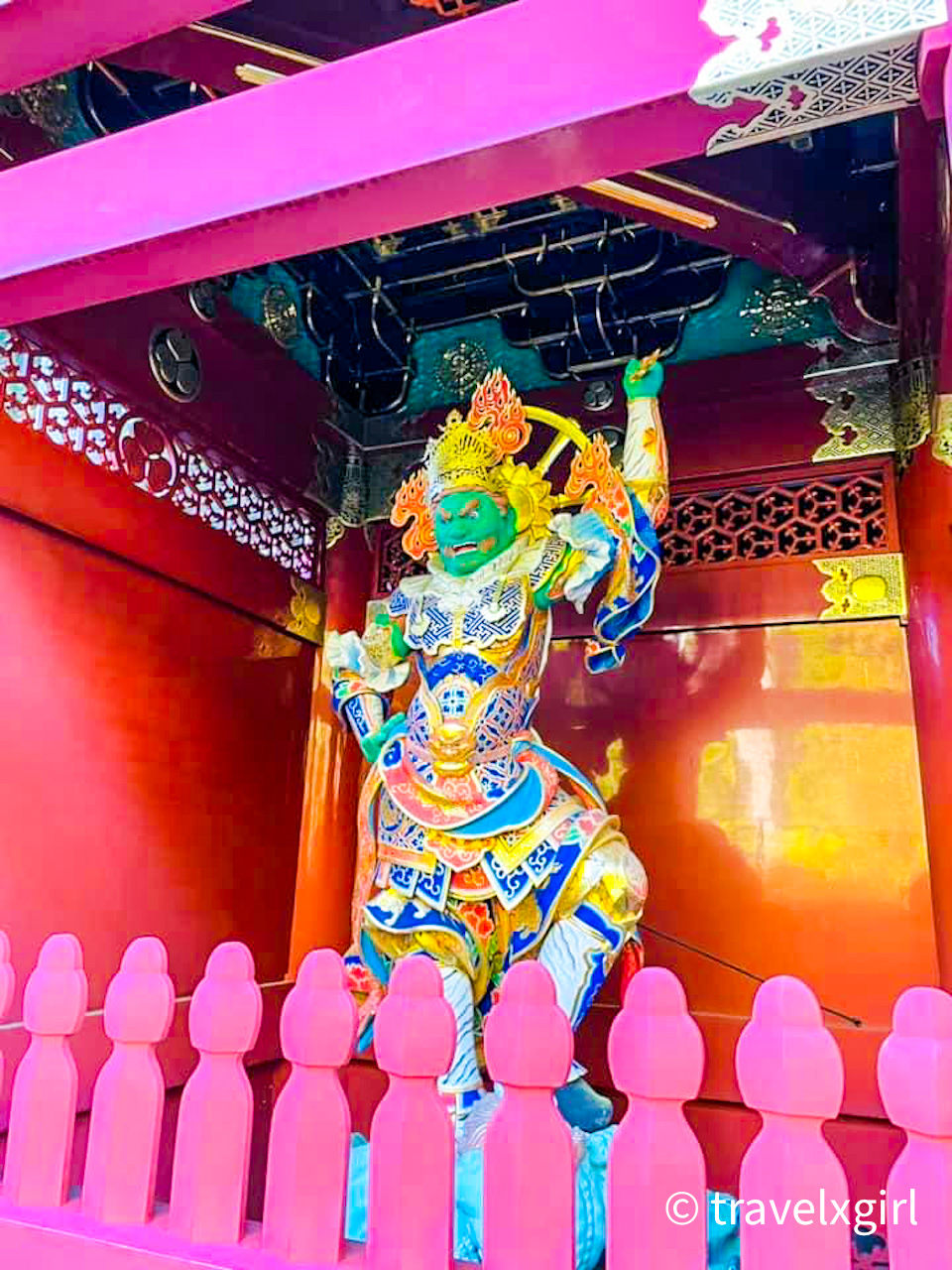
Jikokuten, the Guardian of the East and Protector of the Realm.
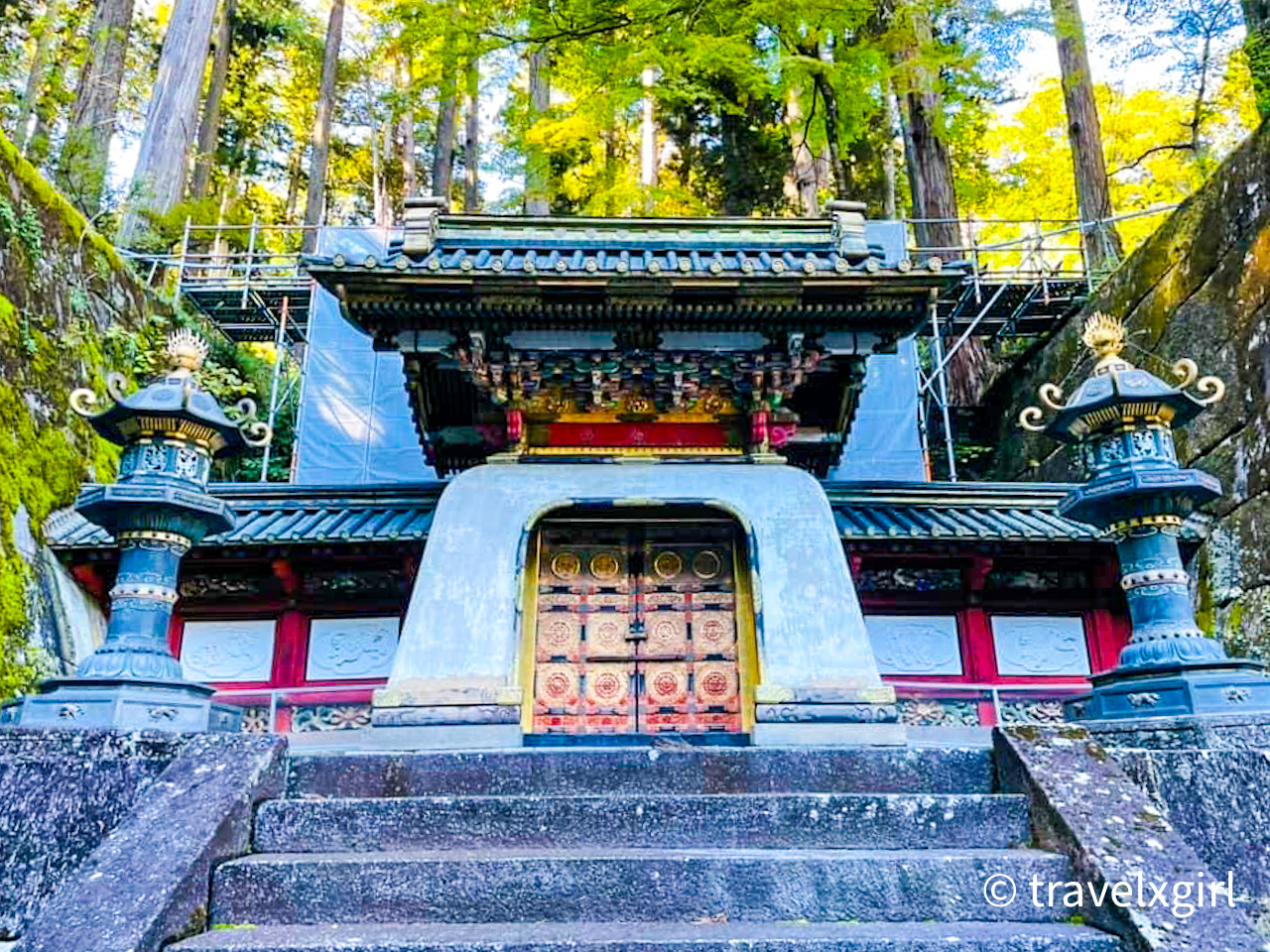
Kokamon Gate stands to guard the mausoleum where Iemitsu’s physical remains are interred. It is believed that because Iemitsu was born in the year of the dragon, the gate was constructed in the Dragon Shrine style, inspired by that of China’s Ming Dynasty (1368-1644). Thus it is also known as Ryugumon or Gate of the Dragon Shrine.
Futarasan Jinja Shrine
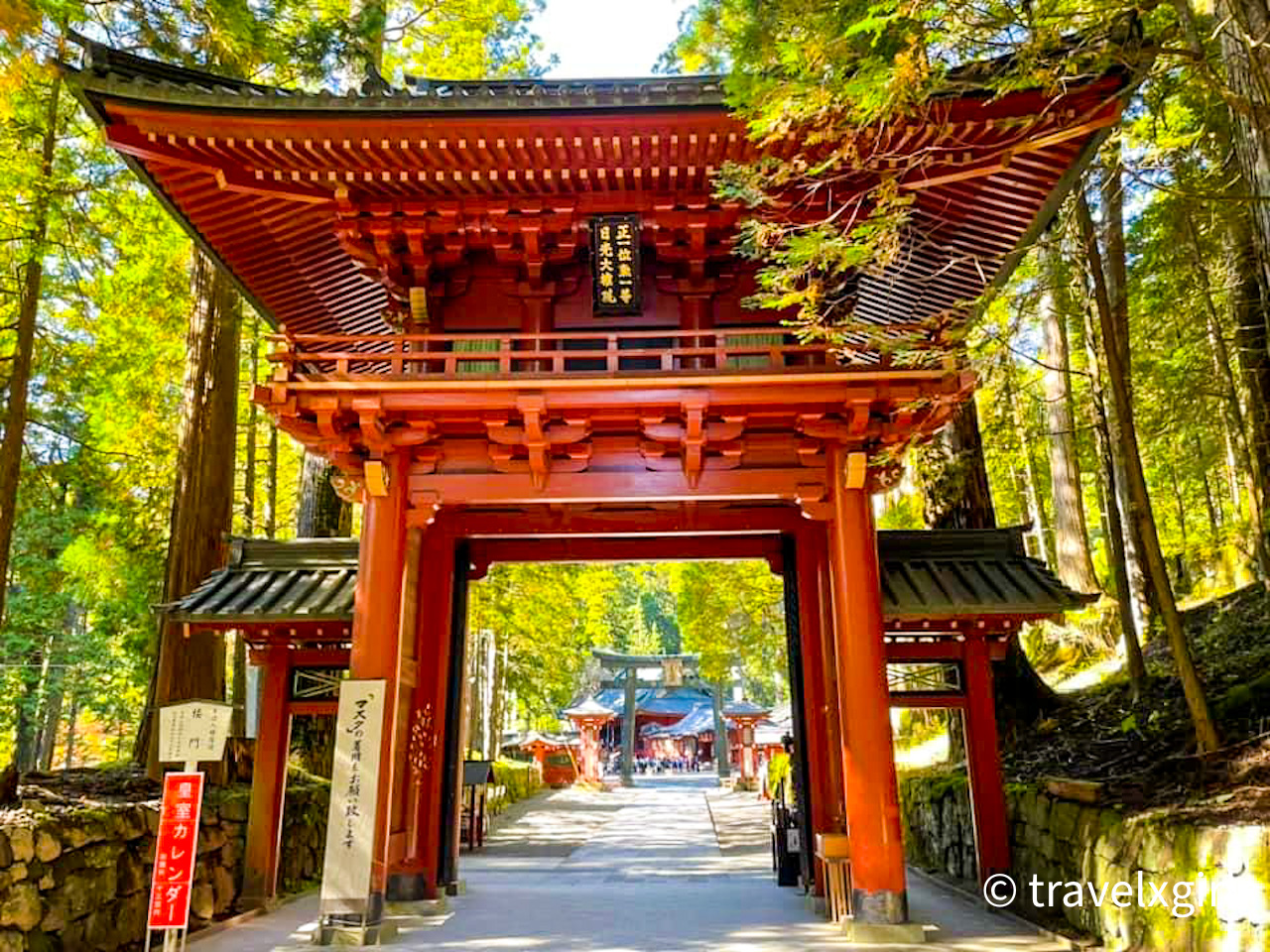
Futarasan Shrine, founded in 767 by Shodo Shonin, is dedicated to the deity of Mount Futarsan also known as Mount Nantai. The Futarasan grounds cover a massive 3,400 hectares, including shrines on the shores of Lake Chuzenji and the top of Mount Nantai.
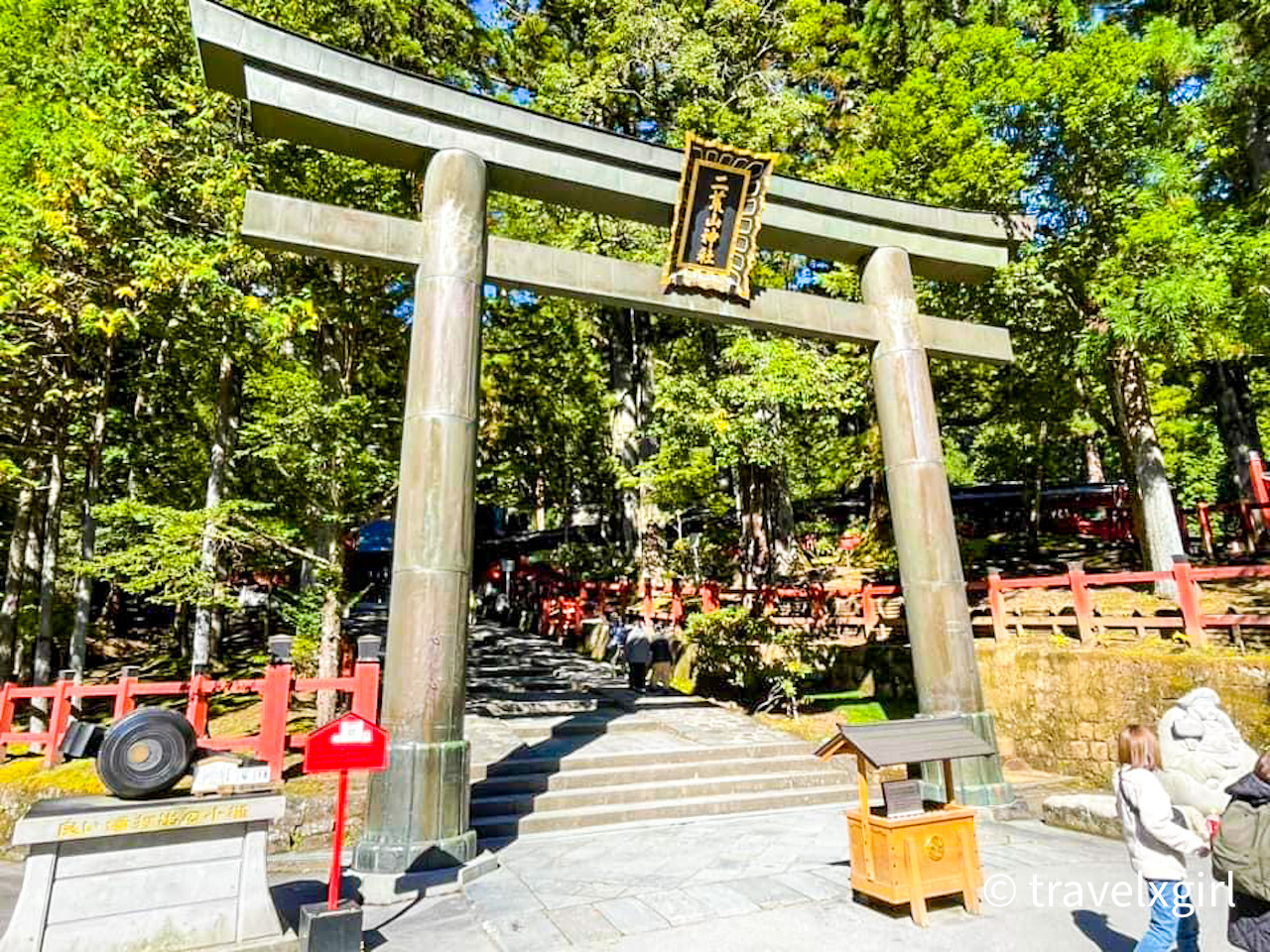
This region has been a longstanding sacred place dating back at least as far as the Yayoi period (300 BCE – 300 CE), due to the various benefits Mount Nantai provided, such as water to the plains below where many people lived. Futarasan Shrine carries that tradition in grand style.
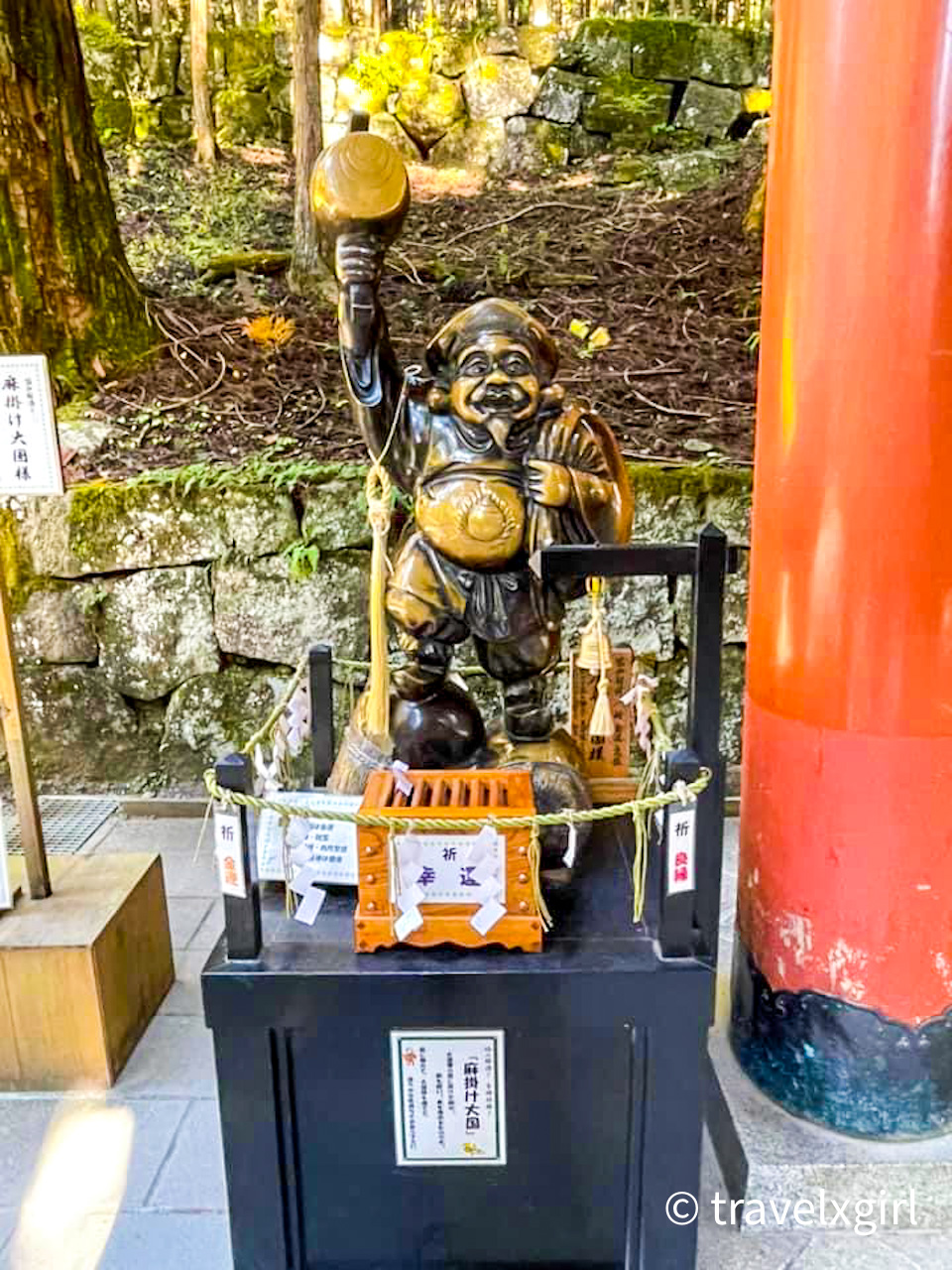
Daikoku, the god of wealth and one of the seven lucky gods, bringing good luck towards a bountiful harvest. Here you can make make an offering and pray for the fortune to come your way.
Rinnoji Temple
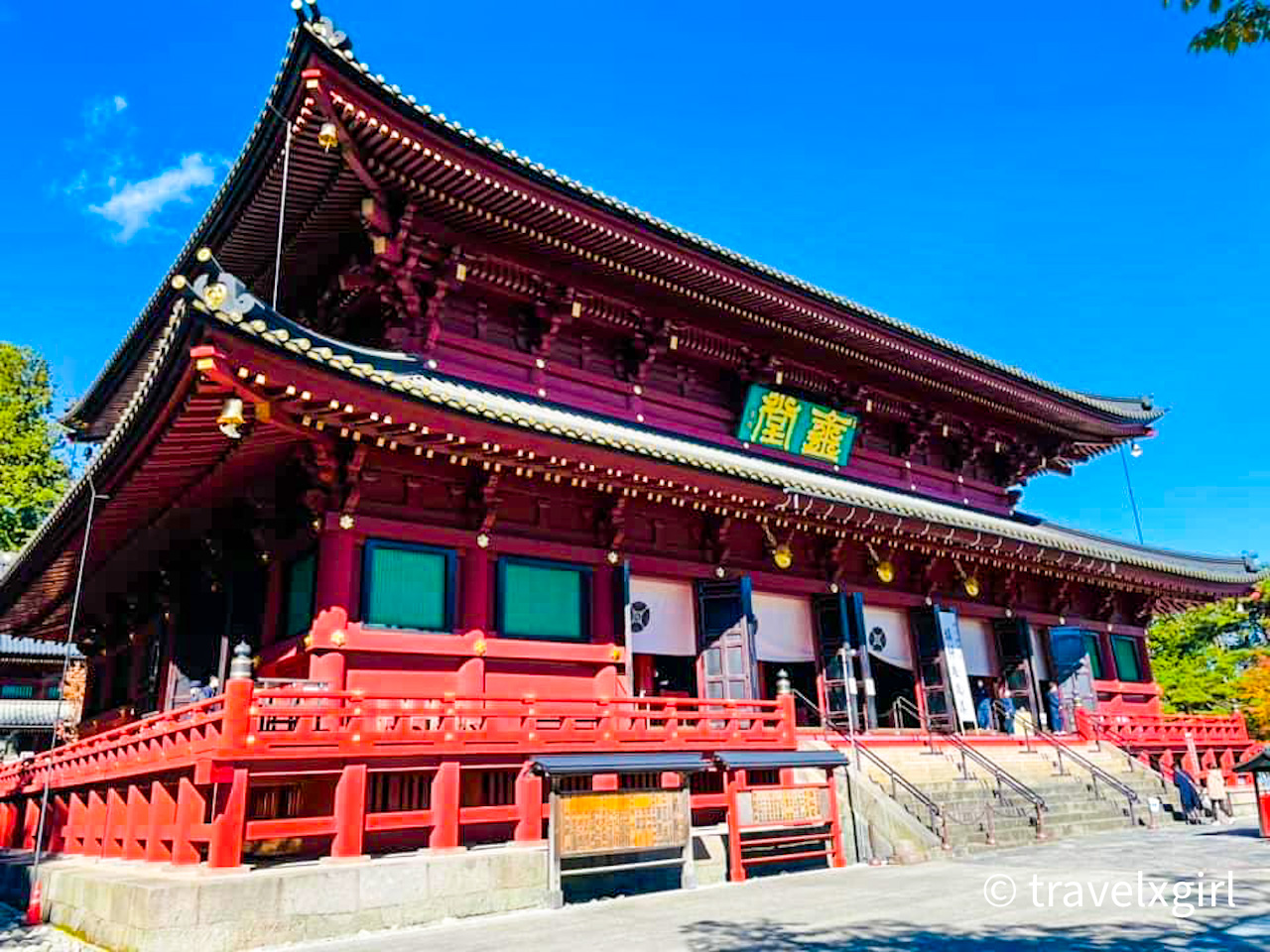
Founded in 766 by Shodo Shonin, Rinnoji Temple is the largest wooden structure in the Nikko area. Sanbutsudo Hall houses an eight-meter-tall gold staute and various national treasures. There is also Shoyoen, a Japanese garden.
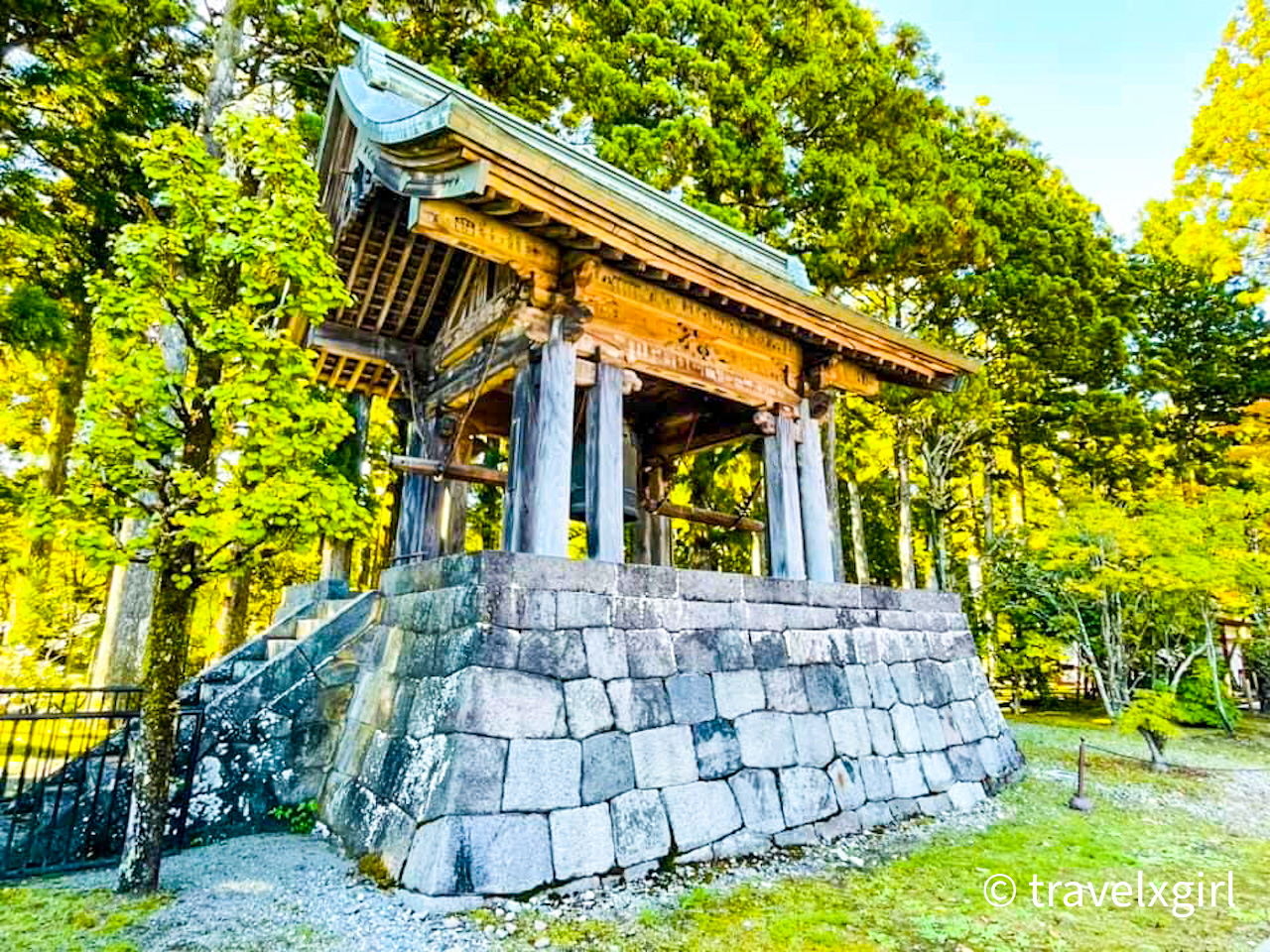
The surrounding temple grounds offer many different things to see, including Rinnoji Bell Tower.
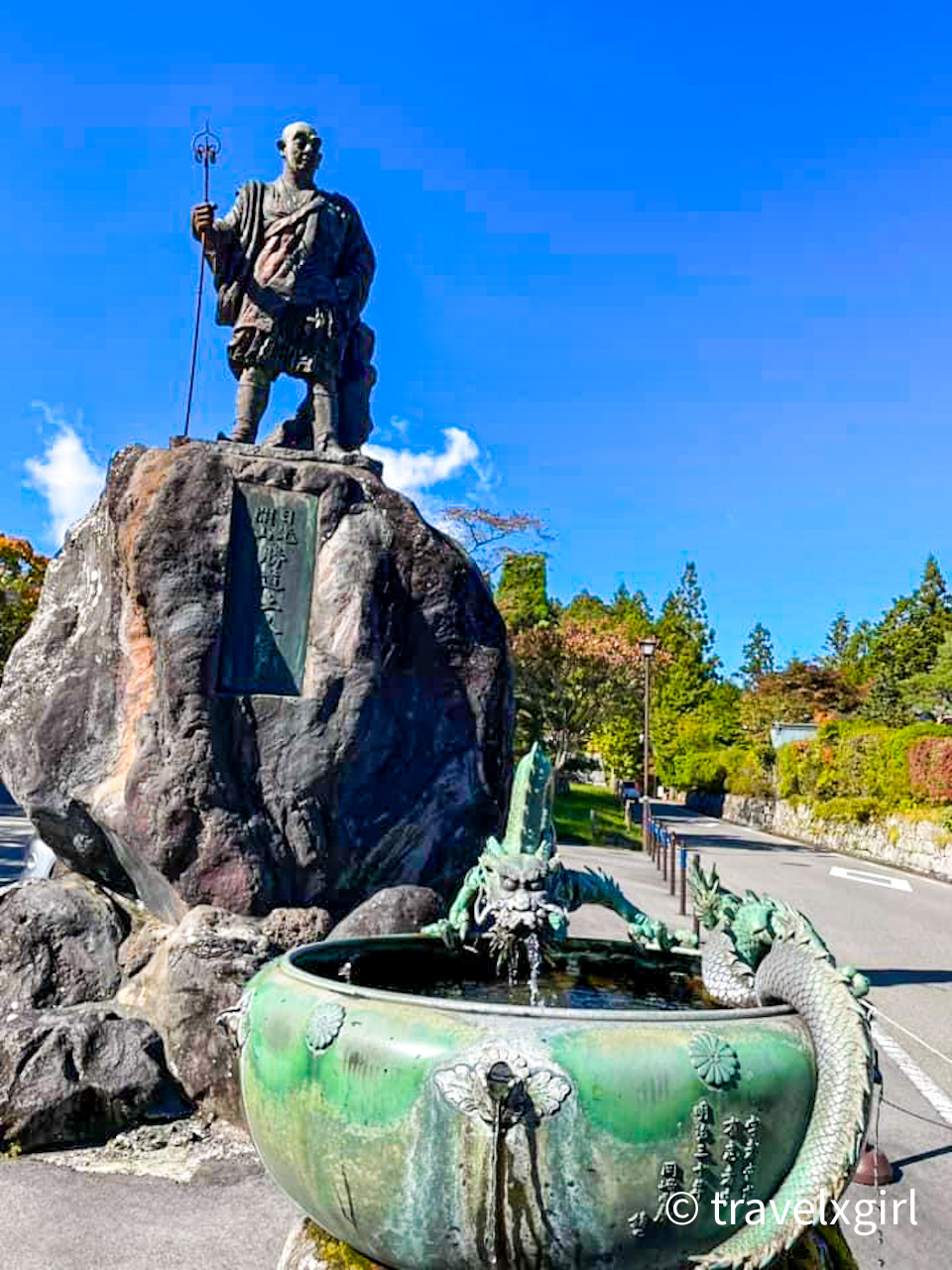
Statue of Shodo Shonin at the front of Rinnoji.
Street Food in Nikko
You should also enjoy the street food in Nikko!
Yuba Manju – Sakaeya
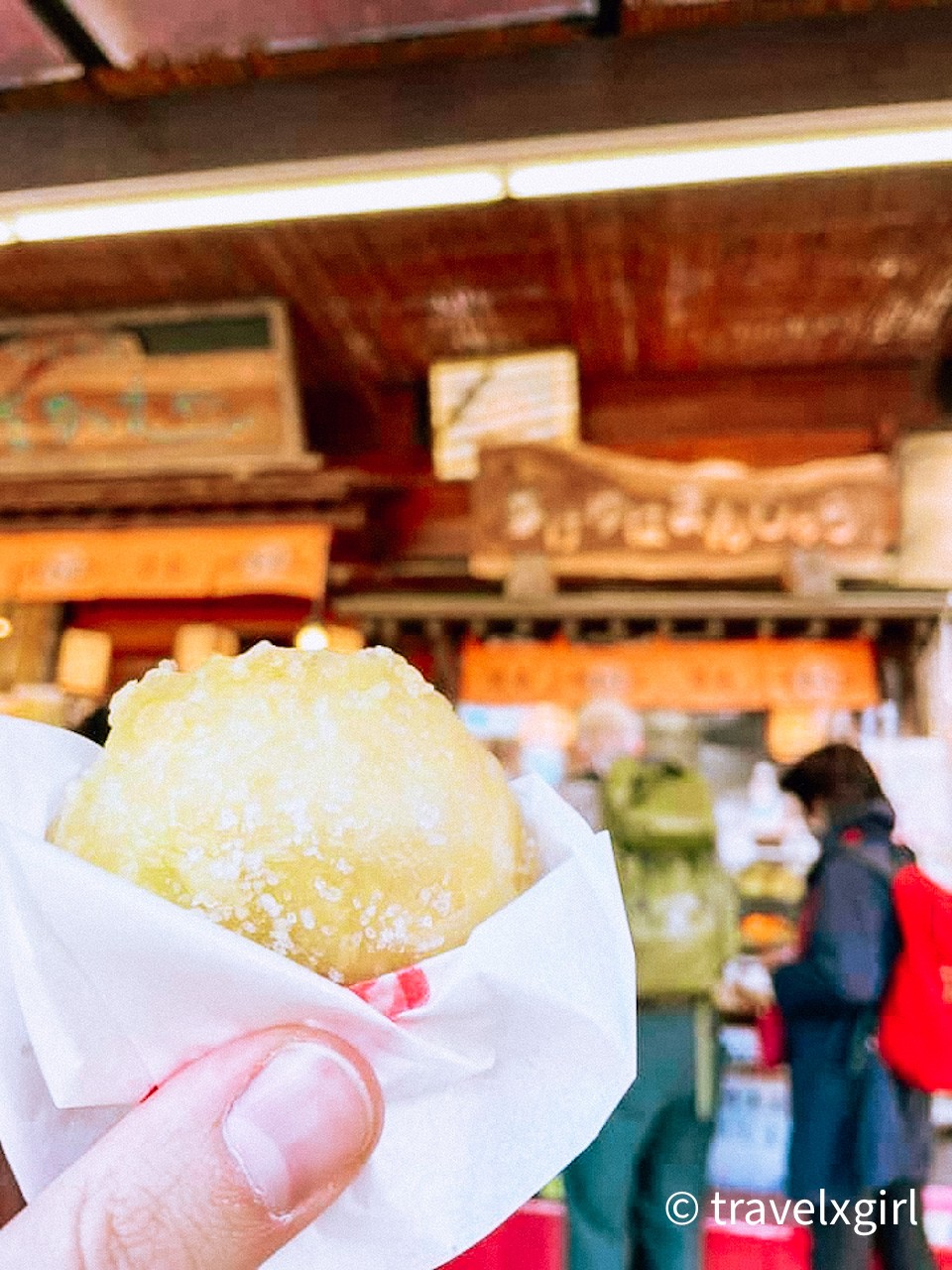
Fried Yuba Manju from Sakaeya. Nikko is famous for yuba, a byproduct of tofu. Sweet bean paste wrapped in yuba, deep fried with a pinch of salt on top. The crispy outside layer and the combination of sweet and salty makes for a perfect treat before or after a long day of sightseeing.
Sakaeya is located right across the street from Tobu-Nikko Station.
Monkey-Shaped Taiyaki – Kumo Izu
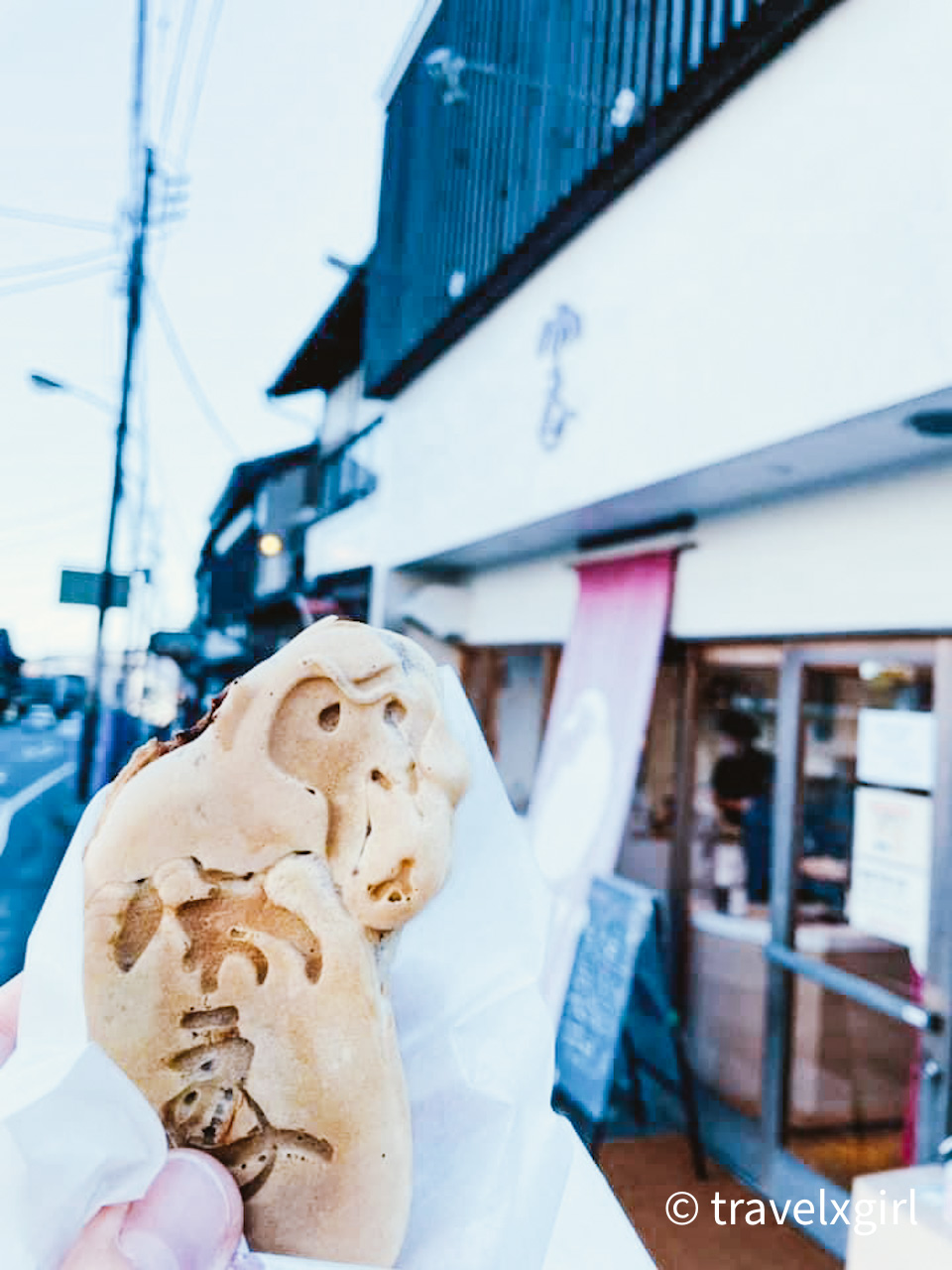
A monkey version of Taiyaki from Kumo-Izu; sweet bean paste inside of a crispy pastry. This shop also has custard and matcha flavors. Its convenient location near Shinkyo Bridge gave me a bit of energy for the walk back to the station.
>> More article about Tochigi
There are enough things to see here to last all day. If you have enough time, preferably another day, check out other things in Nikko, including Lake Chuzenji, Kegon Falls, Senjogahara, Mount Nantai, Onsens near Yuno Lake, and many others.


